Speak to one of our experts now about this offer
India's Golden Triangle and Varanasi
This 12-day tour combines the enchanting trio of Delhi, Agra and Jaipur with historic Lucknow and sacred Varanasi
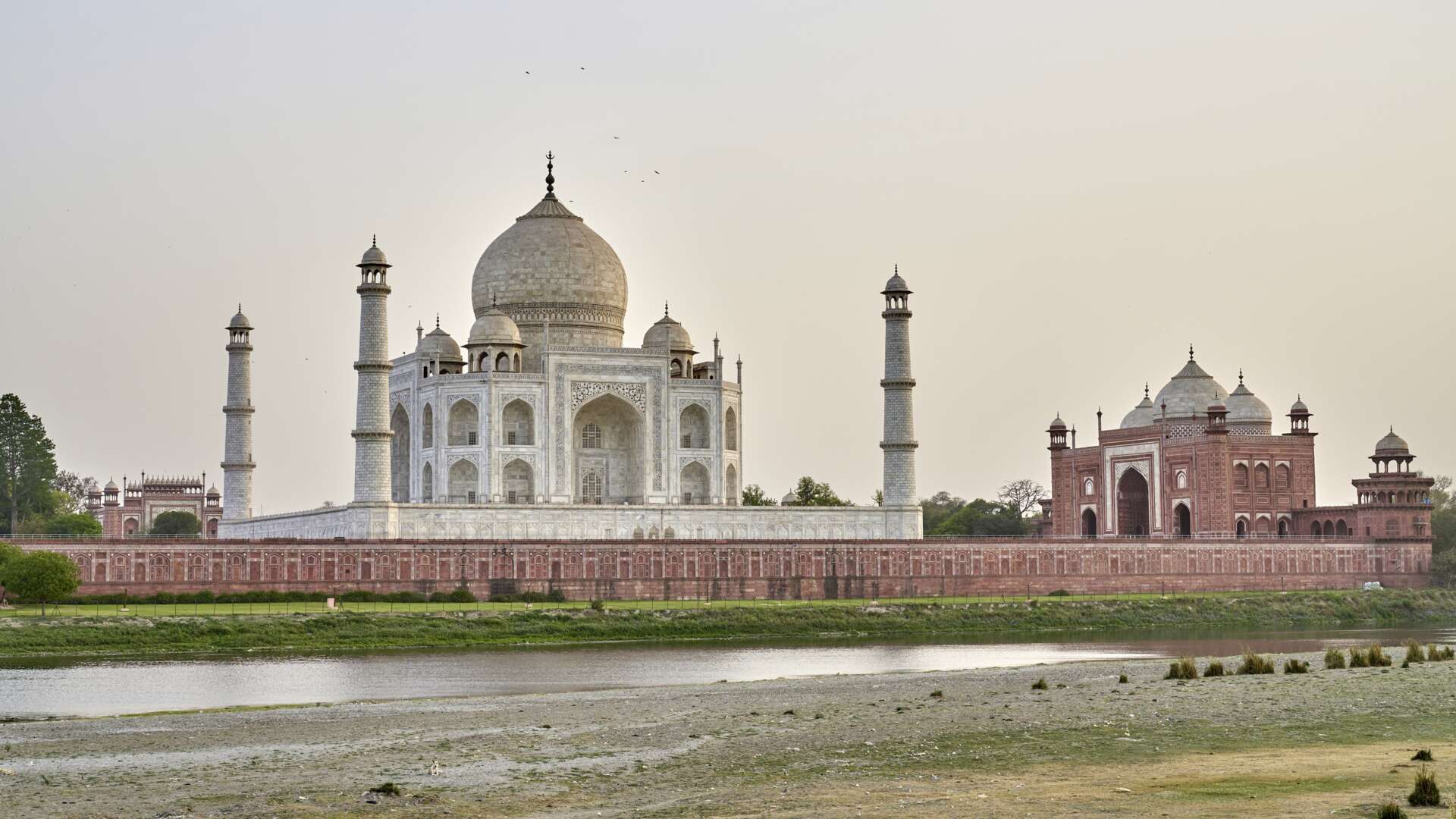
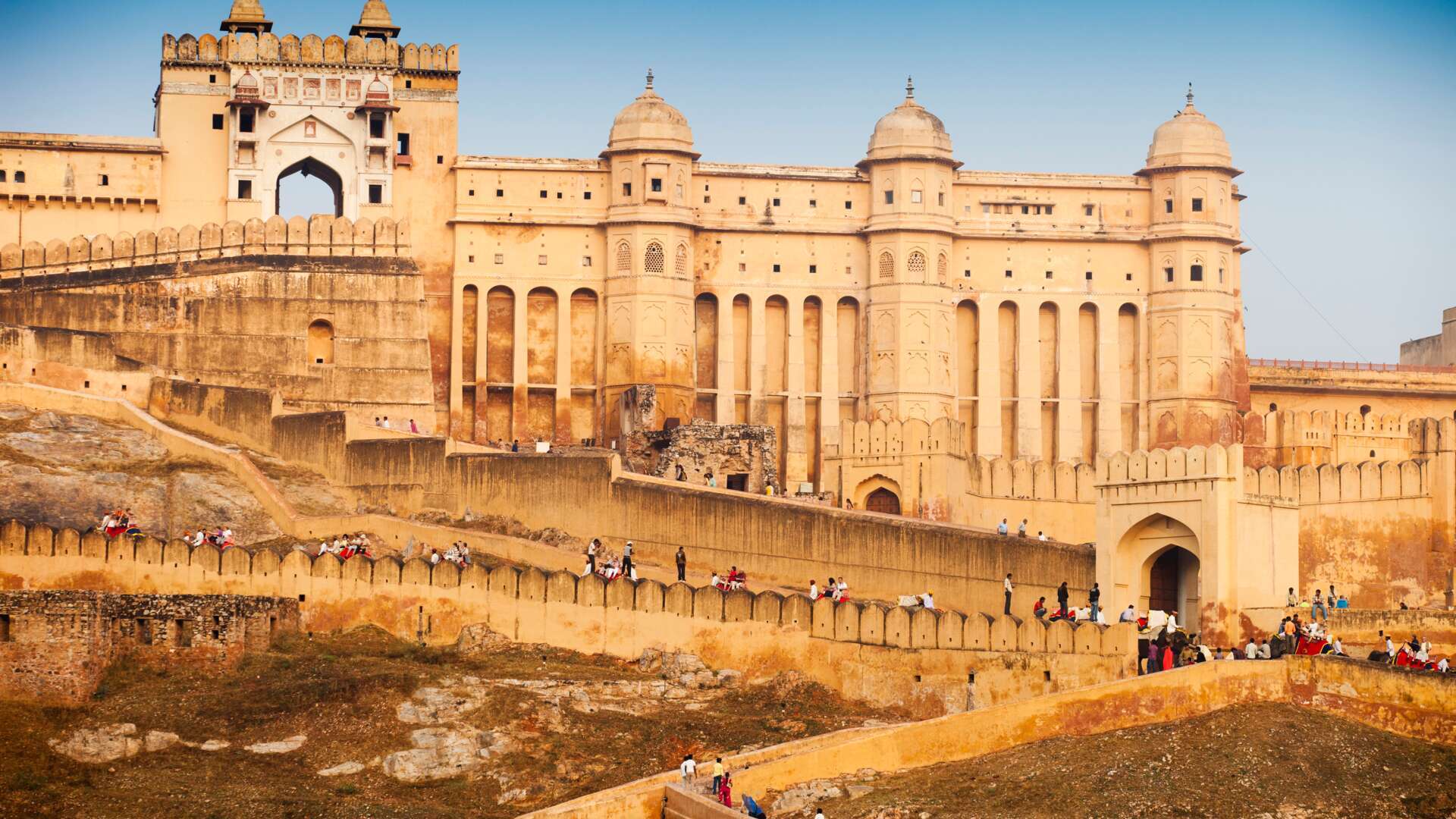

India’s Golden Triangle has earnt itself legendary status and for good reason, with the frenetic backstreets of Delhi, the glittering palaces of Agra and the rose-tinted buildings of Jaipur among the key lures. There are plenty of off-the-track experiences along the way – from cycling with the Taj Mahal in the distance to tea with a Nawab, street food excursions to tours of Bollywood.
£2,975 - £3,495pp including international flights
Itinerary overview
Highlights of trip
Day 1
Arrival in Delhi
On arrival in Delhi, you’ll be met at the airport and transferred to your hotel. The rest of the day is free to enjoy in the capital. Formed from what were once seven separate cities, today Delhi is a vibrant metropolis with a string of impressive sights, from the Red Fort to the elaborate Jama Masjid Mosque. Choose from a range of optional local experiences, including a night tour of Old Delhi to see its bazaars in a different light. Overnight at Haveli Dharampura.
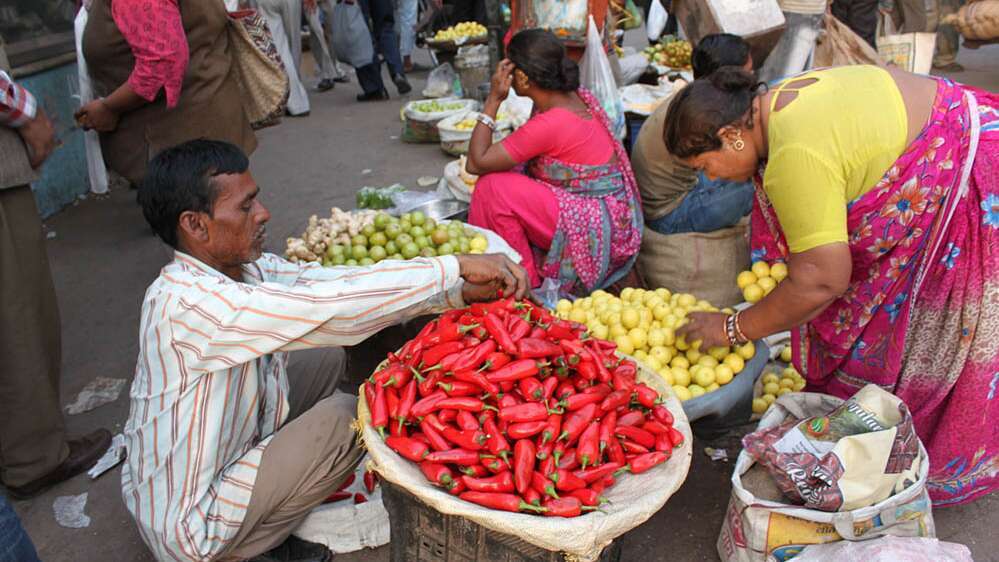
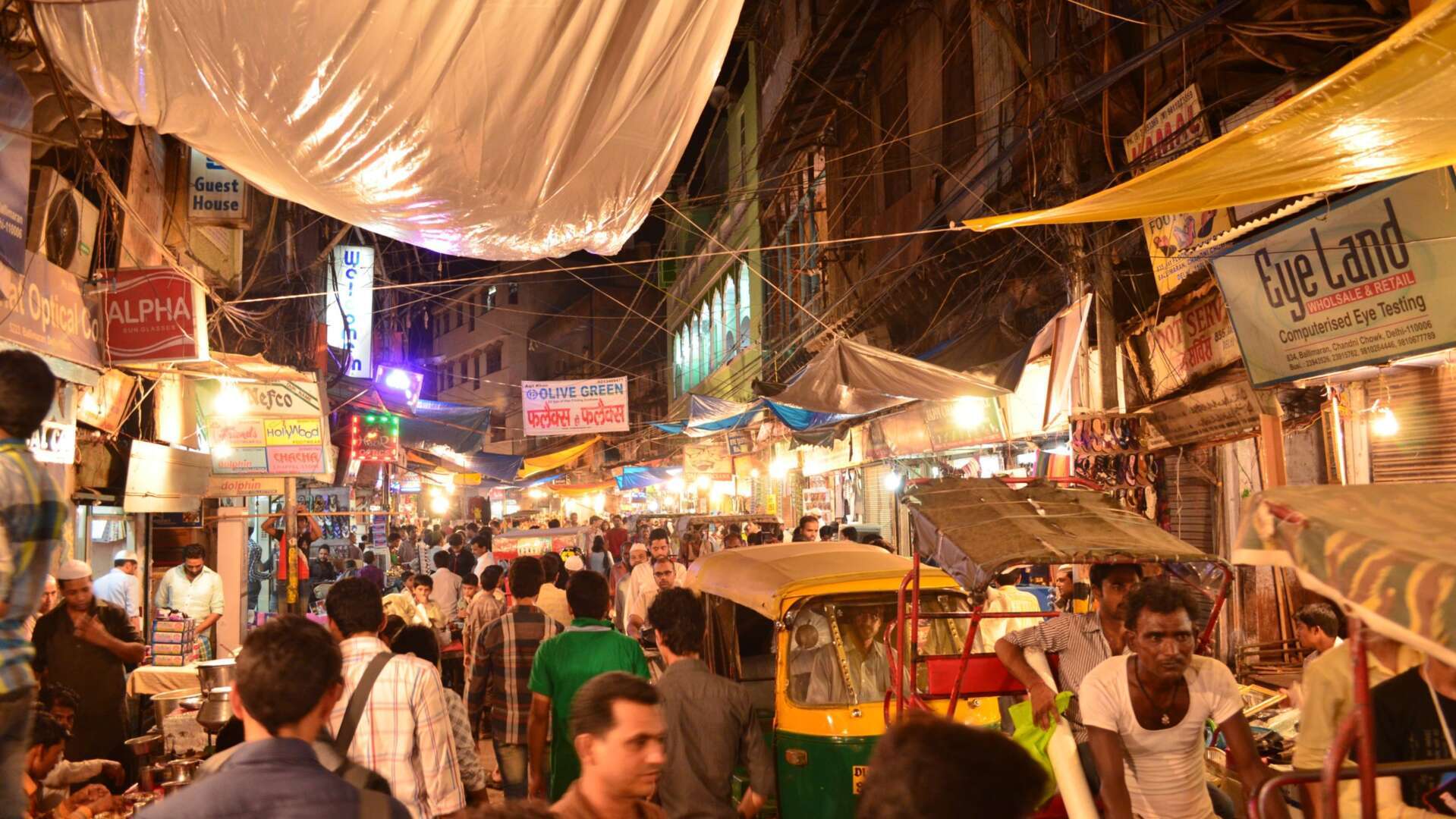
Recommended Hotels
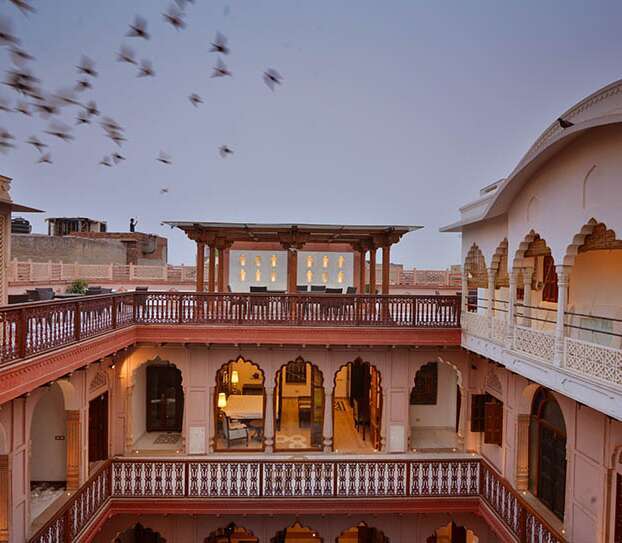
Haveli Dharampura
Step back into the 18th-century Mughal era at Haveli Dharampura, a 200-year-old heritage property.
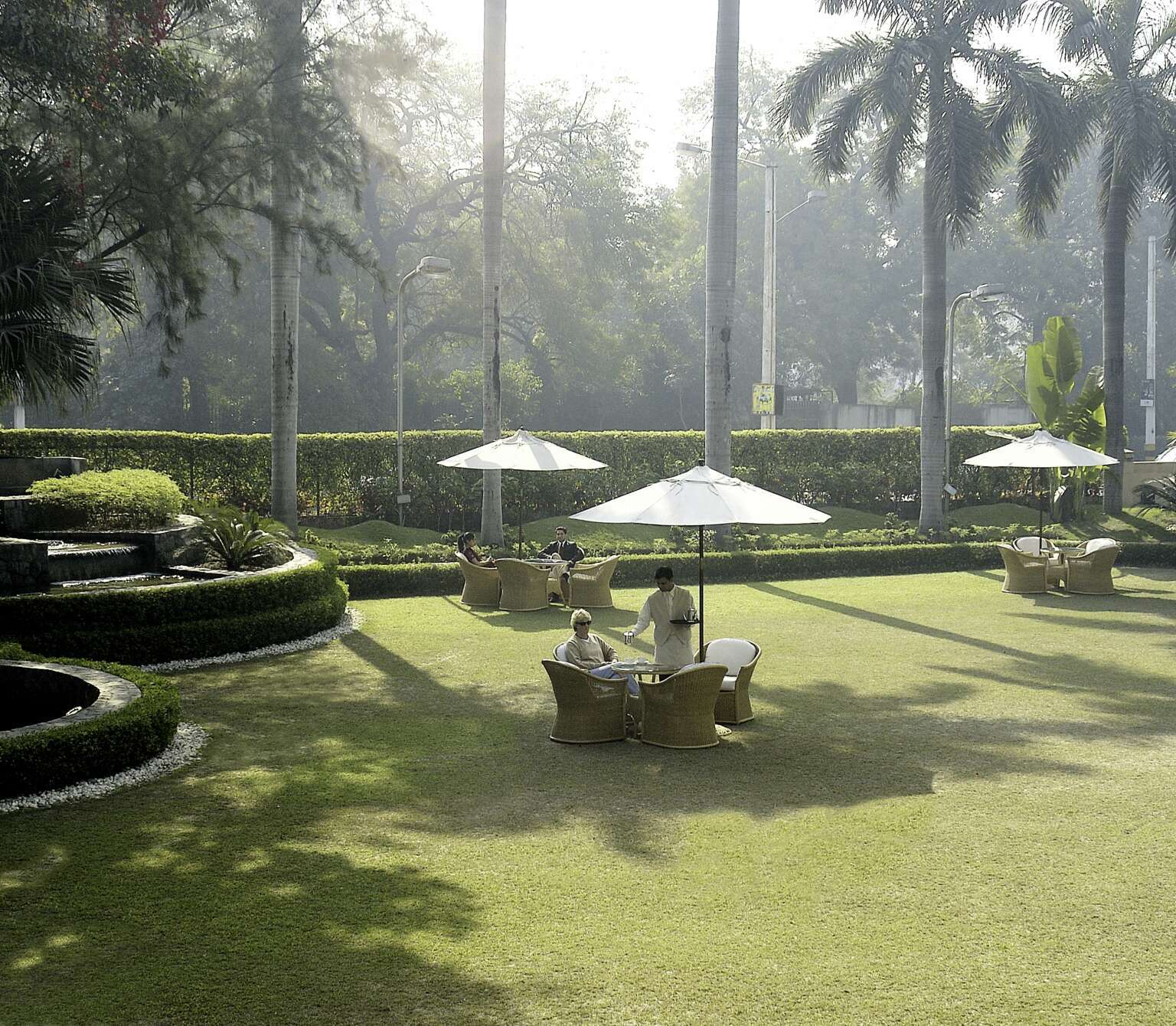
The Claridges, New Delhi
Understated and elegant, this gorgeous hotel sits among lush, tranquil gardens in a vibrant setting close to New Delhi’s historic landmarks.

The Imperial
Be transported back to the elegance of the British Raj in this landmark heritage Delhi hotel.
Day 2
Delhi
Enjoy a full day in the city today. If you’re feeling energetic, opt for a Delhi by Dawn tour to see the city come alive in the early hours. Alternatively, you might opt for a culinary tour with a local food expert, take a rickshaw ride round Old Delhi’s higgledy-piggledy lanes, embark on a photography excursion to capture the city’s spice markets and bazaars, or try a hands-on cooking lesson with a local family. Otherwise, head out to explore this captivating city on your own terms. Overnight at Haveli Dharampura.
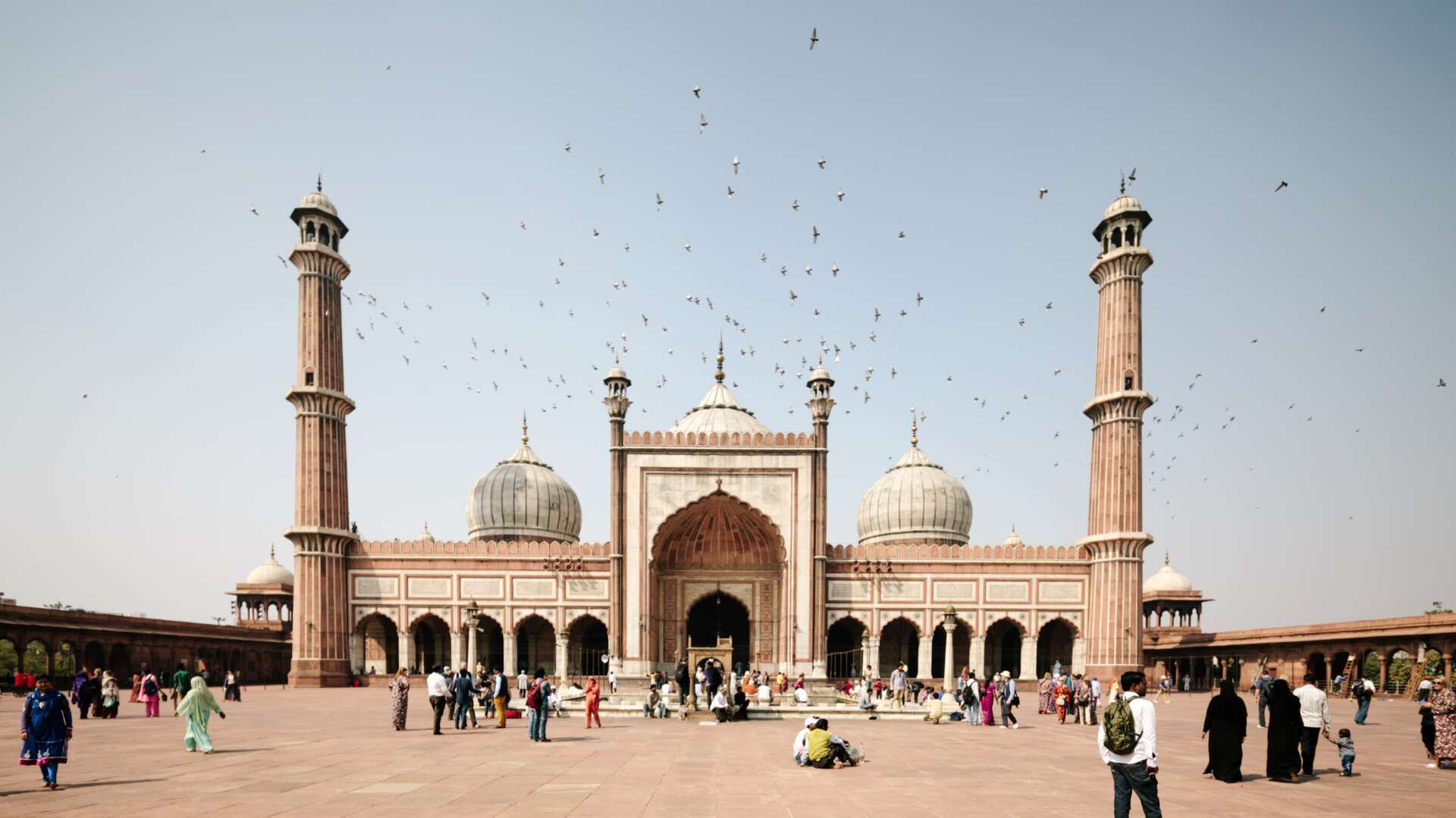
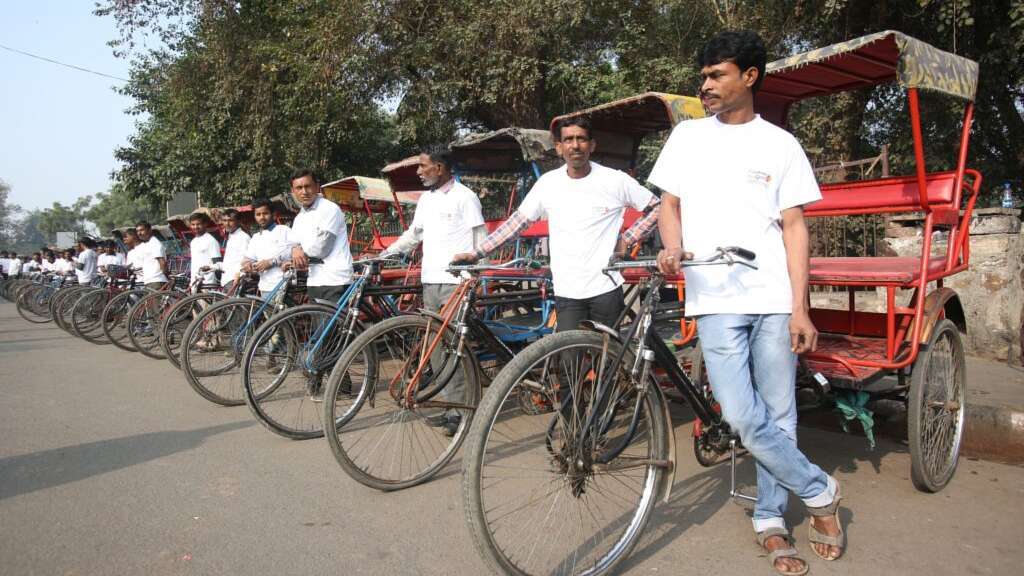
Recommended Hotel

Haveli Dharampura
Step back into the 18th-century Mughal era at Haveli Dharampura, a 200-year-old heritage property.
Day 3
Delhi & Jaipur
After breakfast, transfer by private car to Jaipur, also known as the Pink City. Painted rose to welcome the Prince of Wales and Queen Victoria in 1876, this striking walled city is home to several colourful temples, as well as the famous Amber Fort. Explore independently or choose to head out on an optional experience, ranging from an optional walking tour of Old Jaipur’s haveli homes and temples to a cooking lesson at a local 19th-century homestay. Overnight at Samode Haveli.
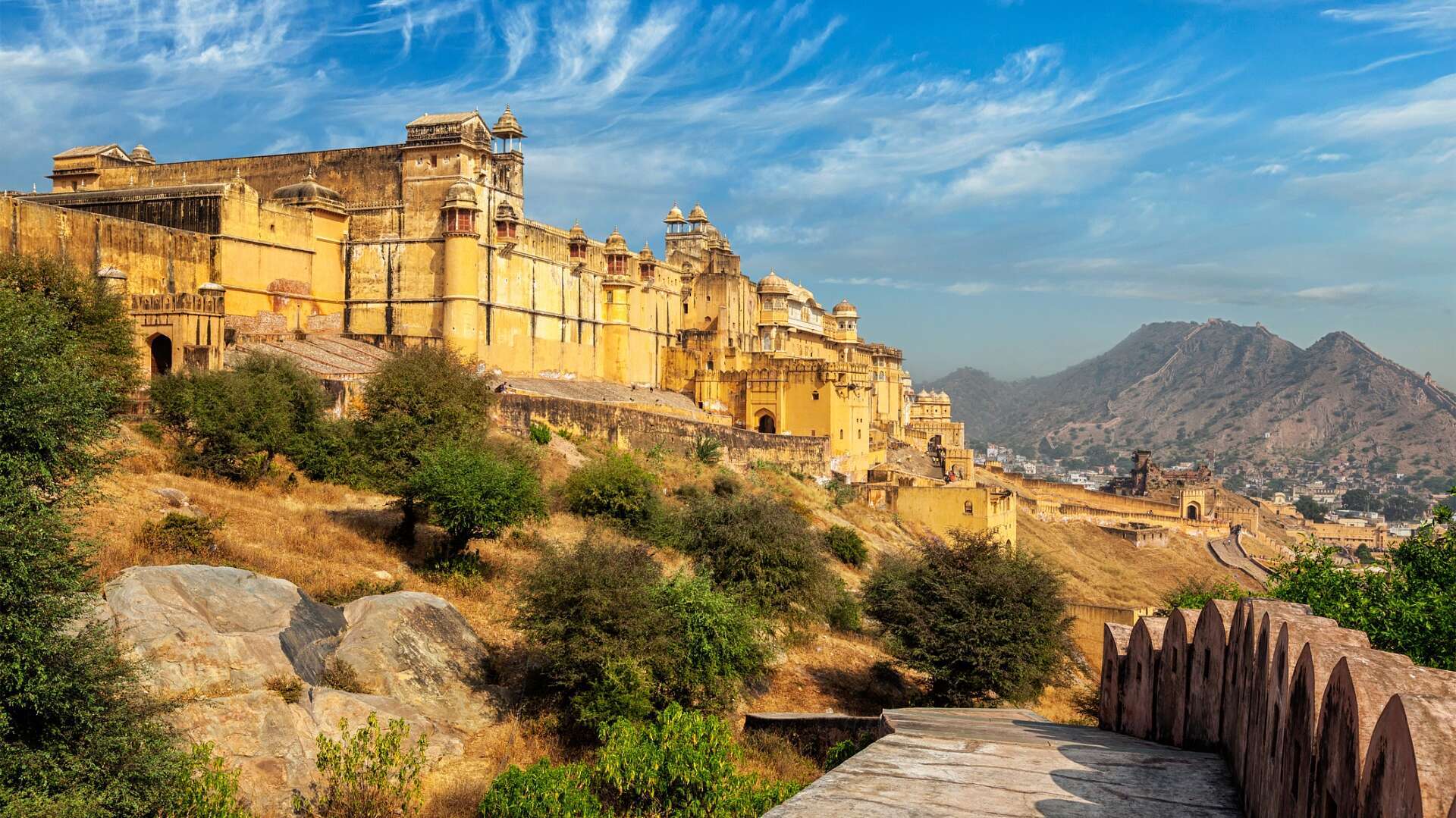
Things to do
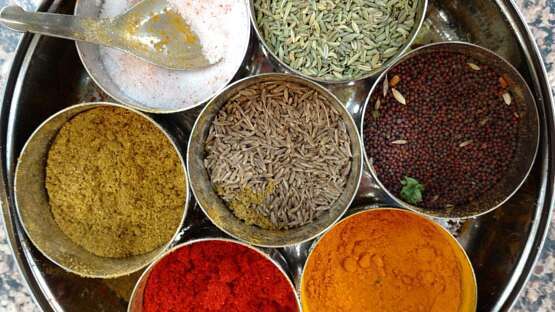
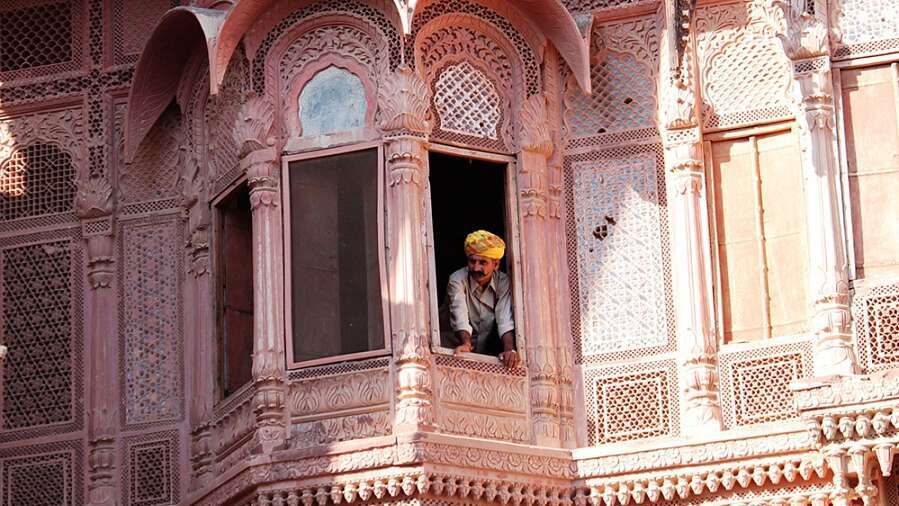
Recommended Hotels
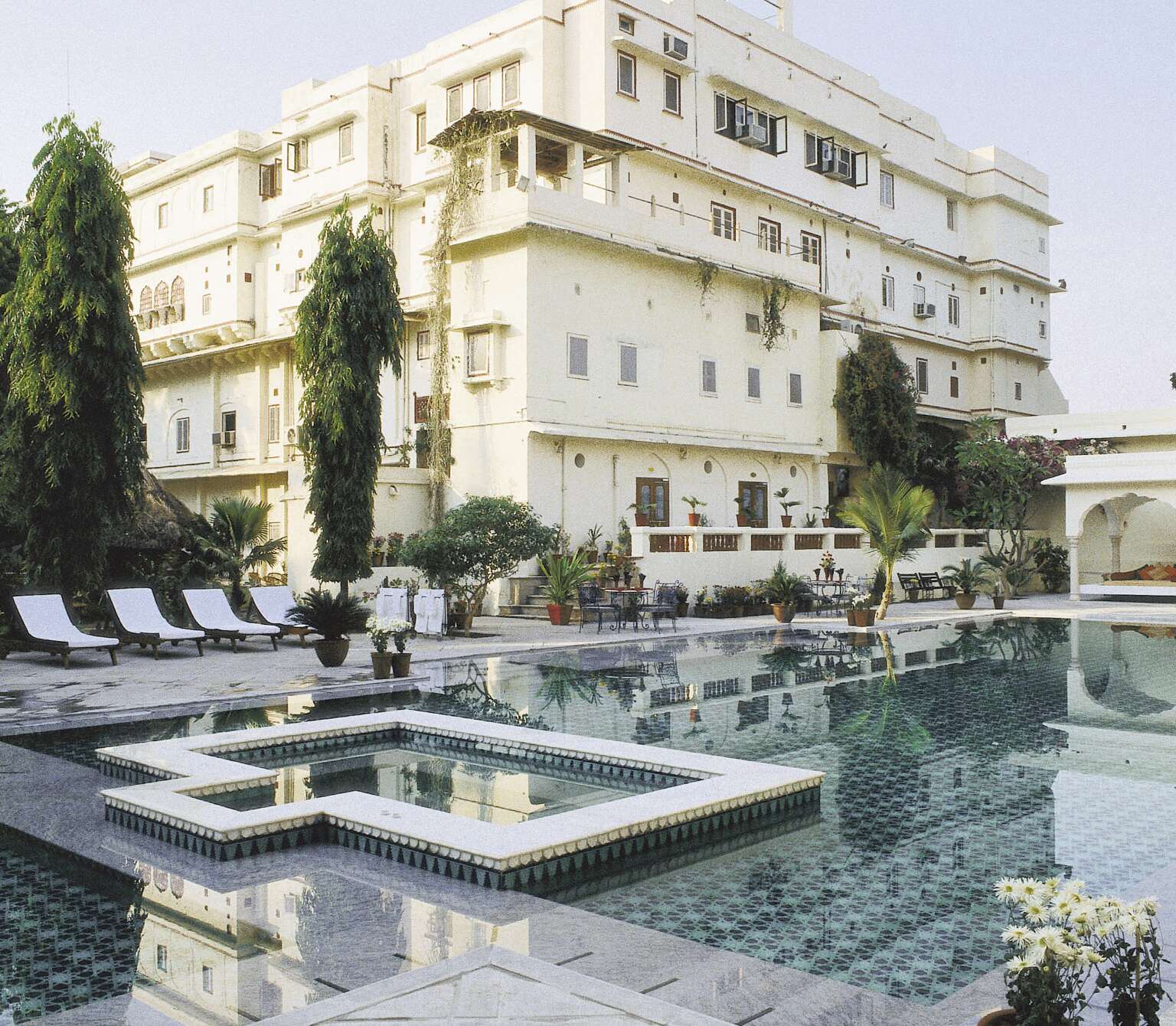
Samode Haveli, Jaipur
A charming luxury heritage hotel, set in a great location for exploring historic Jaipur.
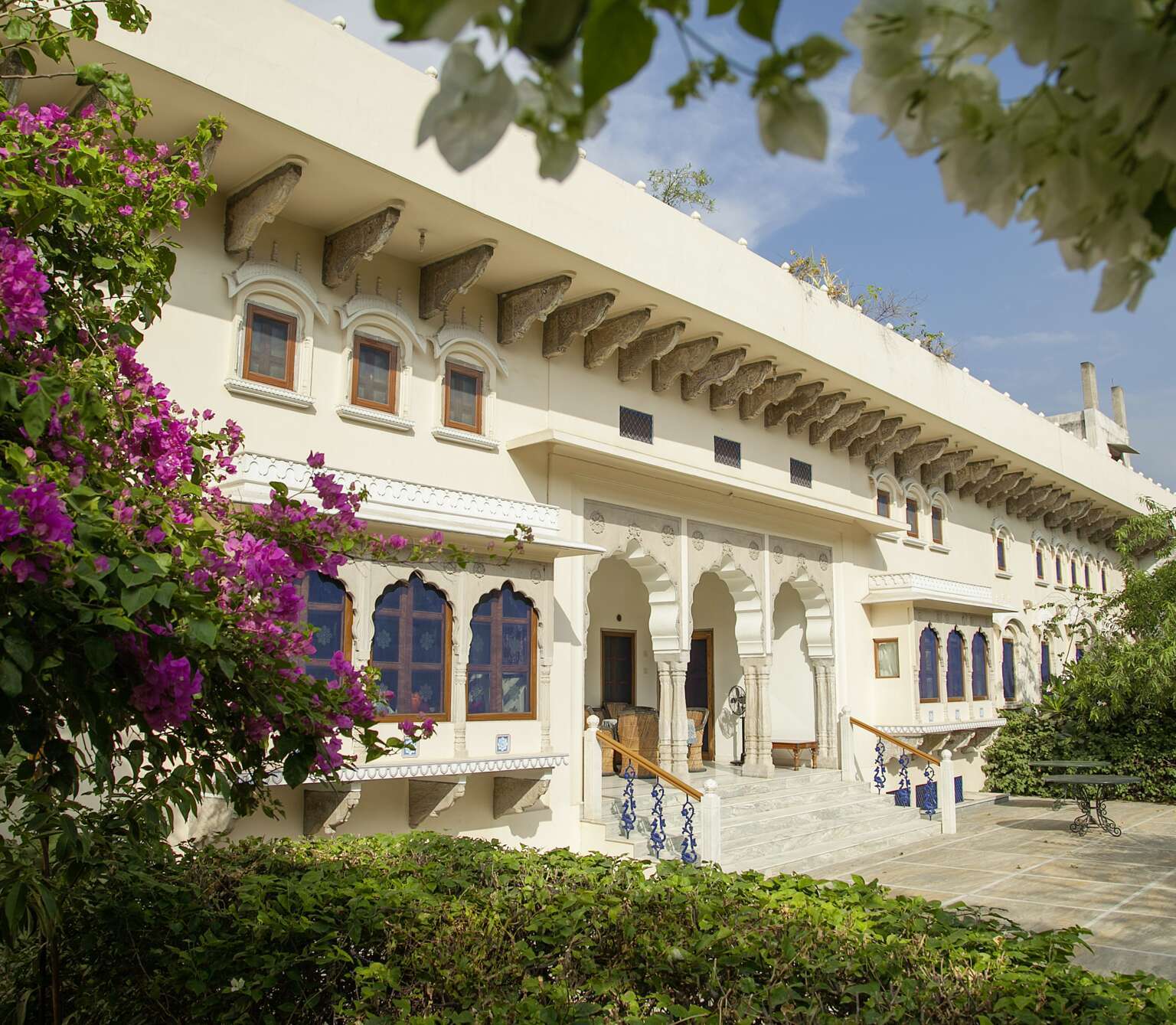
Day 4
Jaipur
Continue your explorations in Jaipur today. Embark on an optional architectural walking tour, take to the skies on a hot-air balloon flight, visit a local village and school or take a tour of the impressive Amber Fort – a sprawling, UNESCO-listed palace, built from sandstone in the 16th century on a hill overlooking the city. Overnight at Samode Haveli.
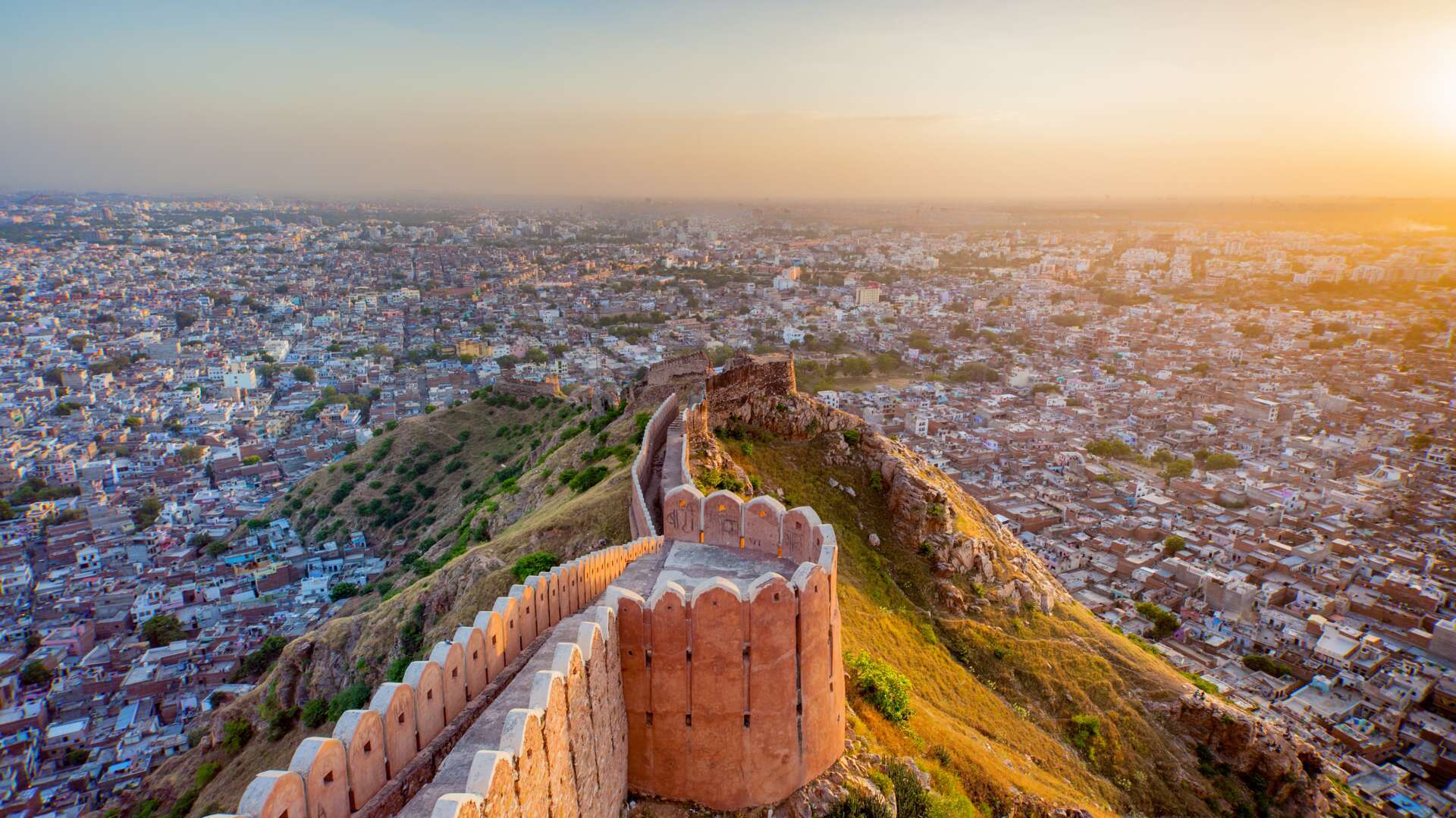
Things to do
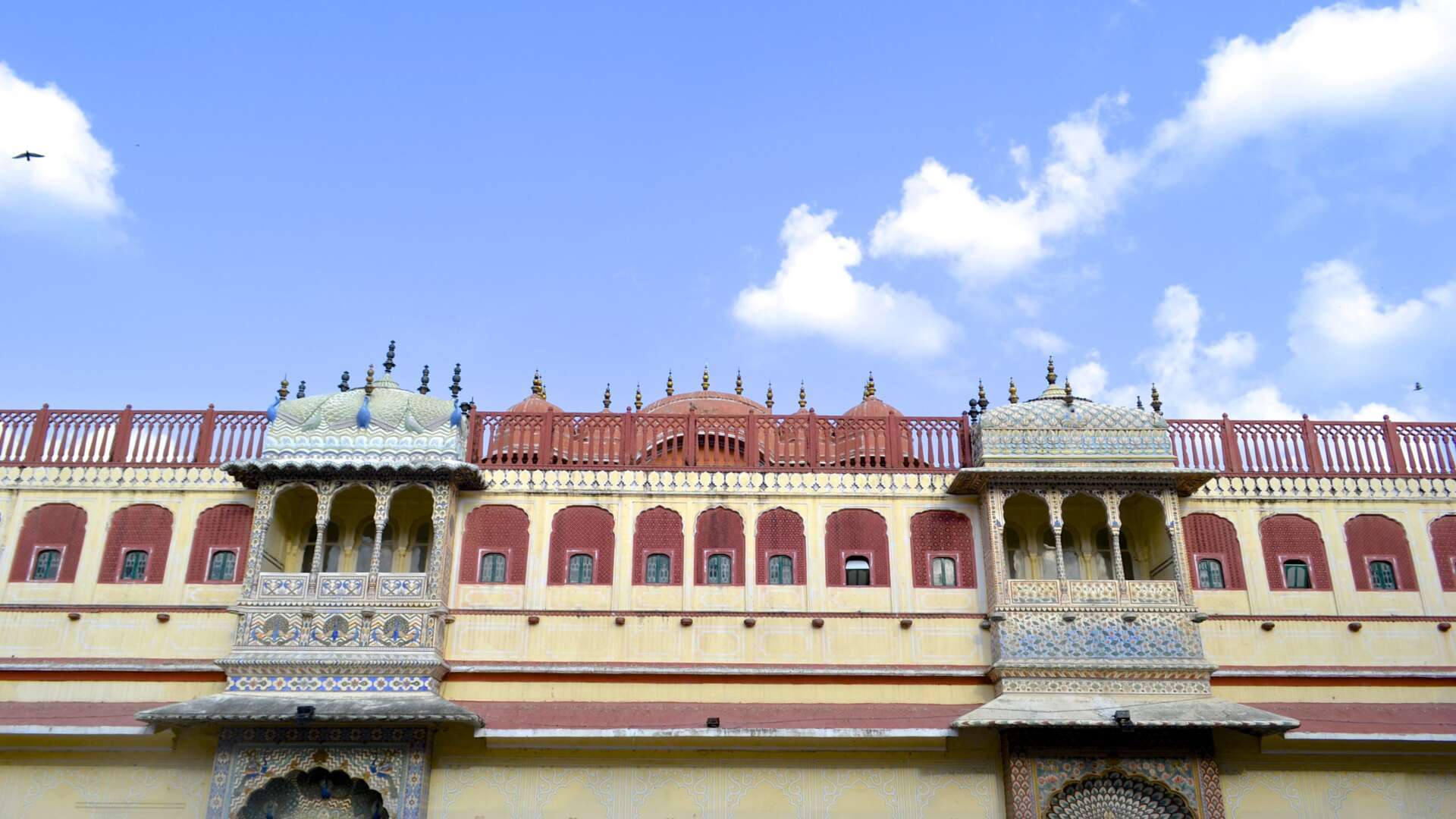
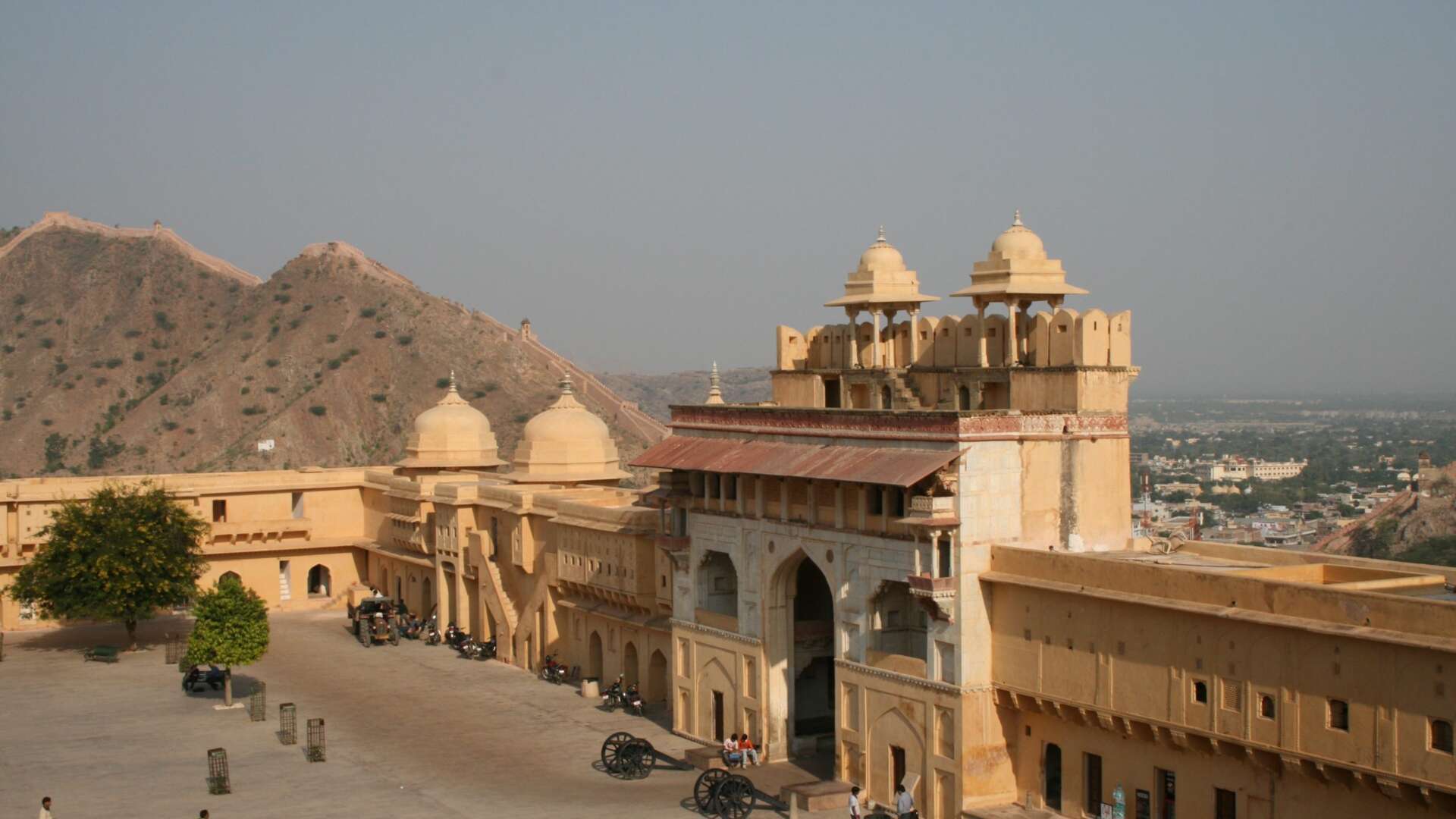
Recommended Hotel

Samode Haveli, Jaipur
A charming luxury heritage hotel, set in a great location for exploring historic Jaipur.
Day 5
Jaipur & Agra
Travel to Agra this morning to see one of India’s true bucket-list sites – the Taj Mahal. Set on the banks of the Yamuna River, Agra was the capital of the Mughal Empire until Emperor Shah Jahan shifted it to Delhi, and traces of its imperial history remain in much of its architecture today. Spend the day exploring at leisure or opt for a heritage-themed tour to learn more about the women of the Mughal dynasty. Overnight at Ekaa Villa.

Recommended Hotel
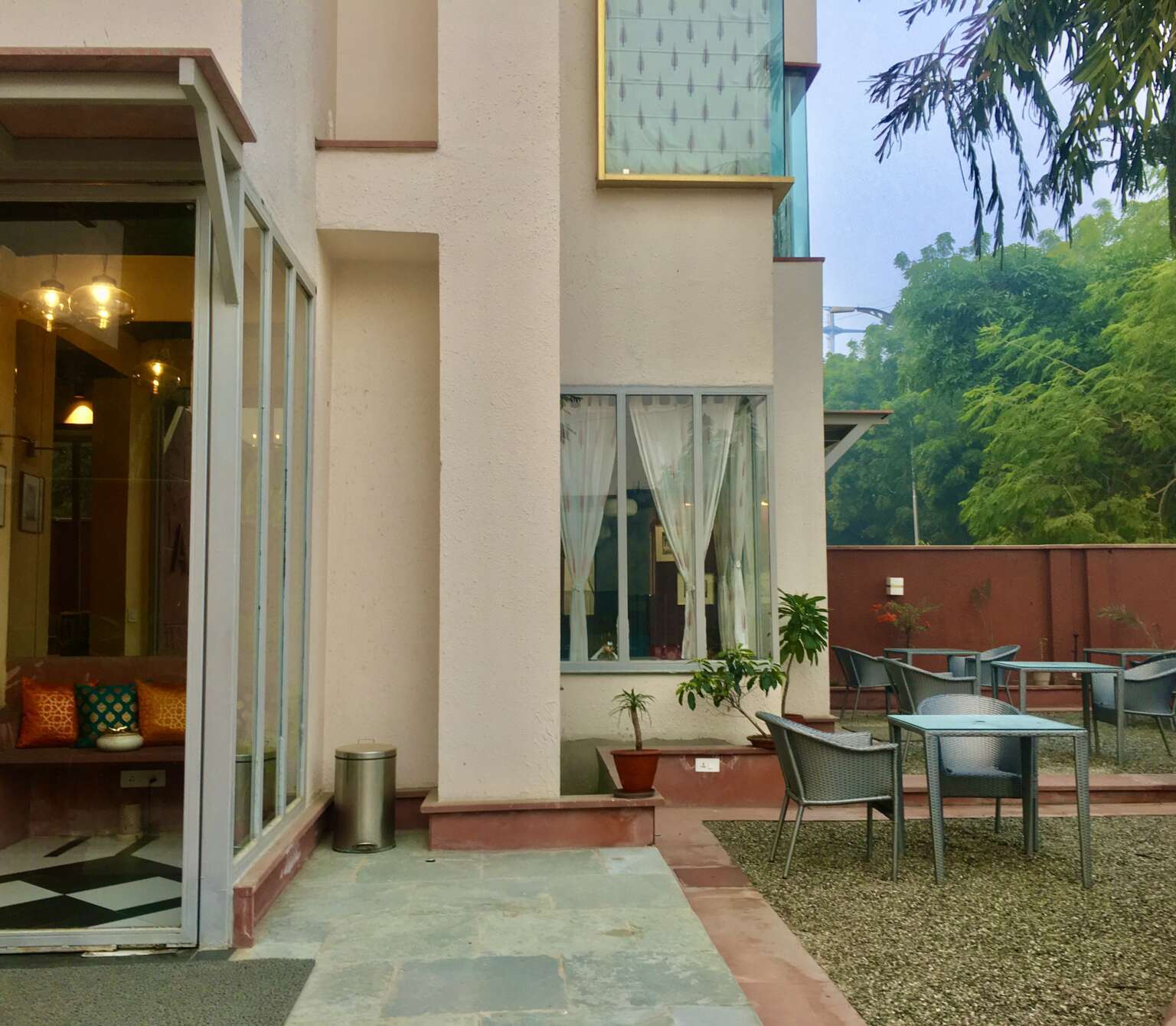
Ekaa Villa
Ekaa Villa is a boutique hotel inspired by the city’s ancient heritage and architecture, set in the heart of Agra.
Day 6
Agra & Lucknow
Set the alarm early this morning for an optional sunrise visit to see Agra’s crowning glory, the Taj Mahal. Commissioned in the 17th century by Emperor Shah Jahan as a mausoleum for his late wife, this marble masterpiece is best seen at dawn, when the sky turns peach above its elaborate domes. Wander the gardens to admire its architecture before exploring the interiors, inlaid with semi-precious stones and inscriptions. Afterwards, opt for a guided walking tour through Old Agra with a hosted family lunch, or choose a cycling trip to explore local villages on two wheels. Later you’ll be transferred to the historic city of Lucknow, capital of Uttar Pradesh. Overnight at Saraca Hotel Lucknow.

Things to do


Day 7
Lucknow
Lucknow was the centre of the Nawabs – or viceroys – in the 18th and 19th centuries. Today you’ll get to meet the present Nawab in a special included experience. After a traditional greeting, you’ll be introduced to the Nawab and his family over tea and local delicacies to learn more about the culture, art and history of this intriguing city. Overnight at Saraca Hotel Lucknow.
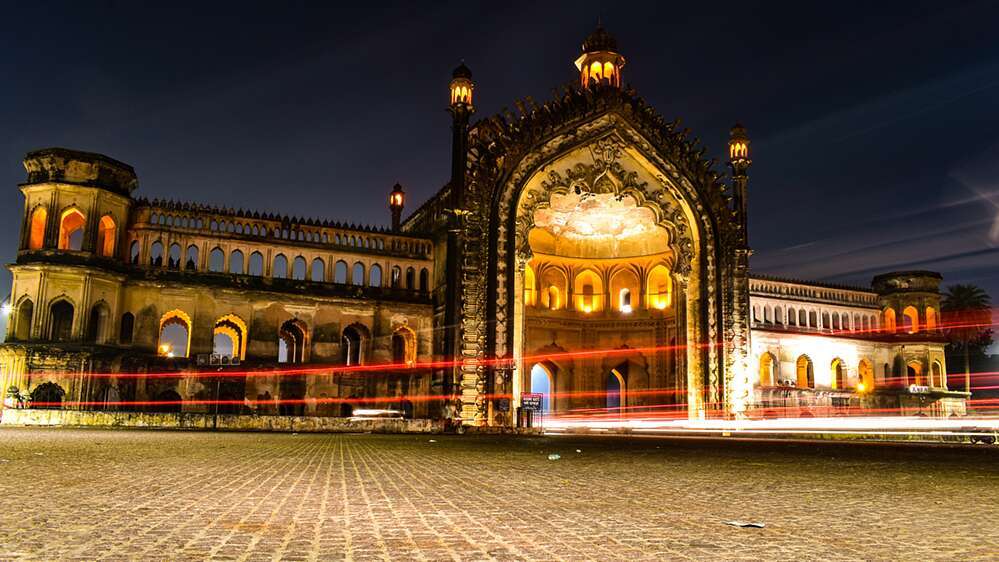
Things to do
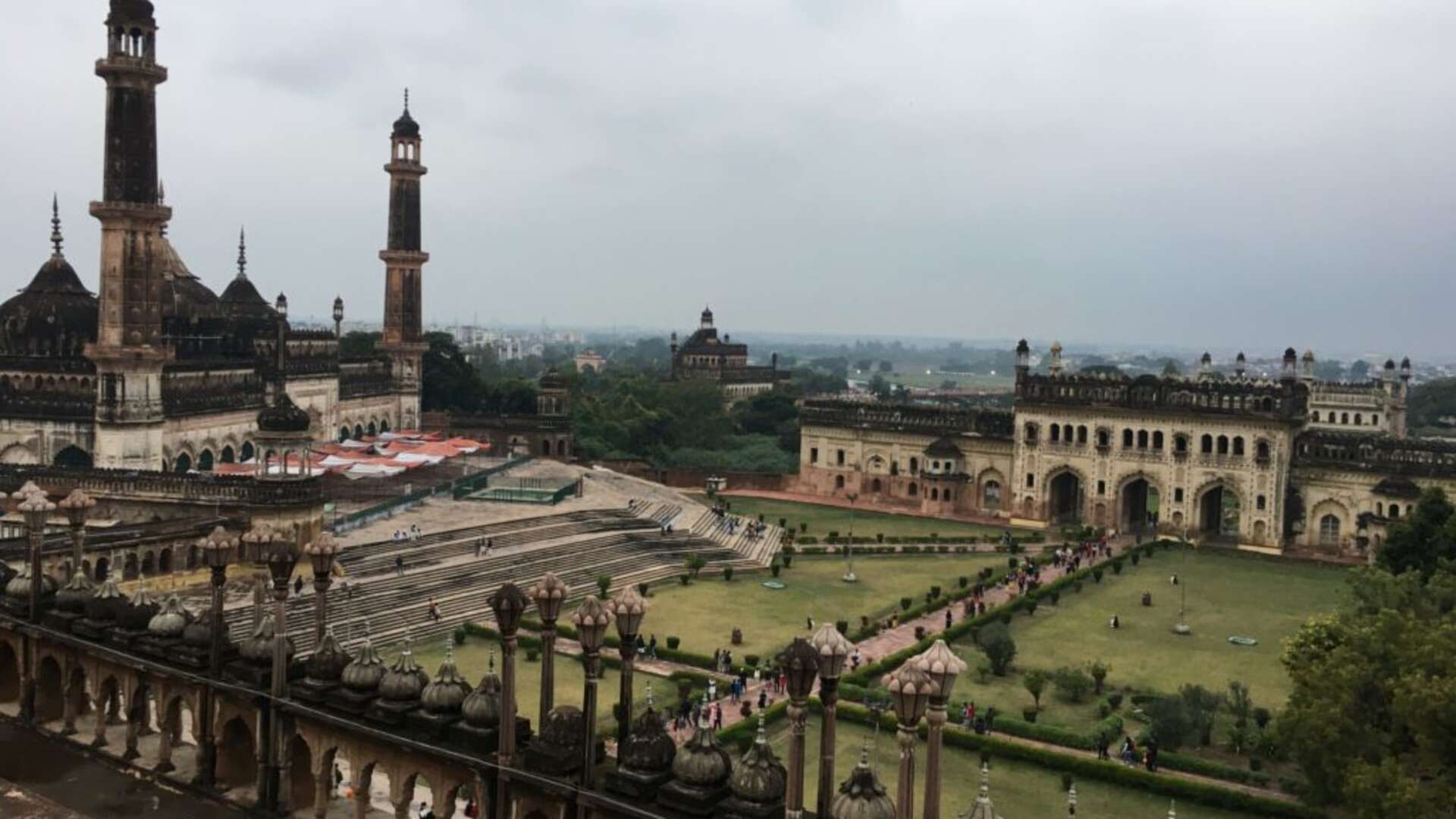
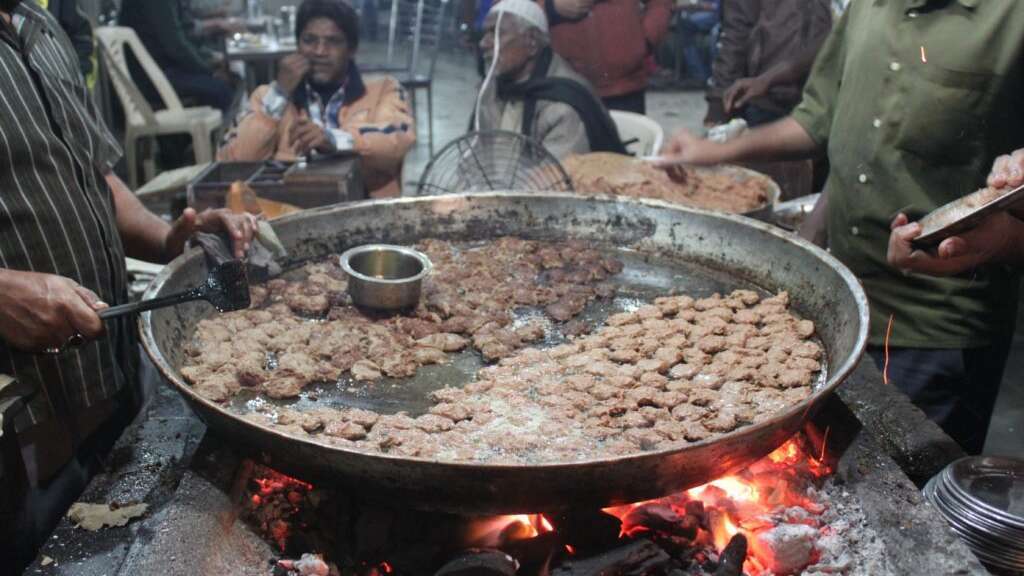
Day 8
Lucknow & Varanasi
After an early breakfast, you’ll be driven to Lucknow station to catch the train to Varanasi. Set on the banks of the Ganges, this is one of the world’s oldest continuously inhabited cities. It’s also a key pilgrimage centre for Hindus, with more than 3,000 temples and shrines scattered across the streets. Enjoy an afternoon in the city before embarking on a fascinating ‘death and rebirth night walk’. Here you’ll visit sacred ponds before stopping at the Ashram of the Aghor to learn more about the renunciants who meditate in the cremation grounds and are known for their controversial rituals. Overnight at Brijrama Palace.
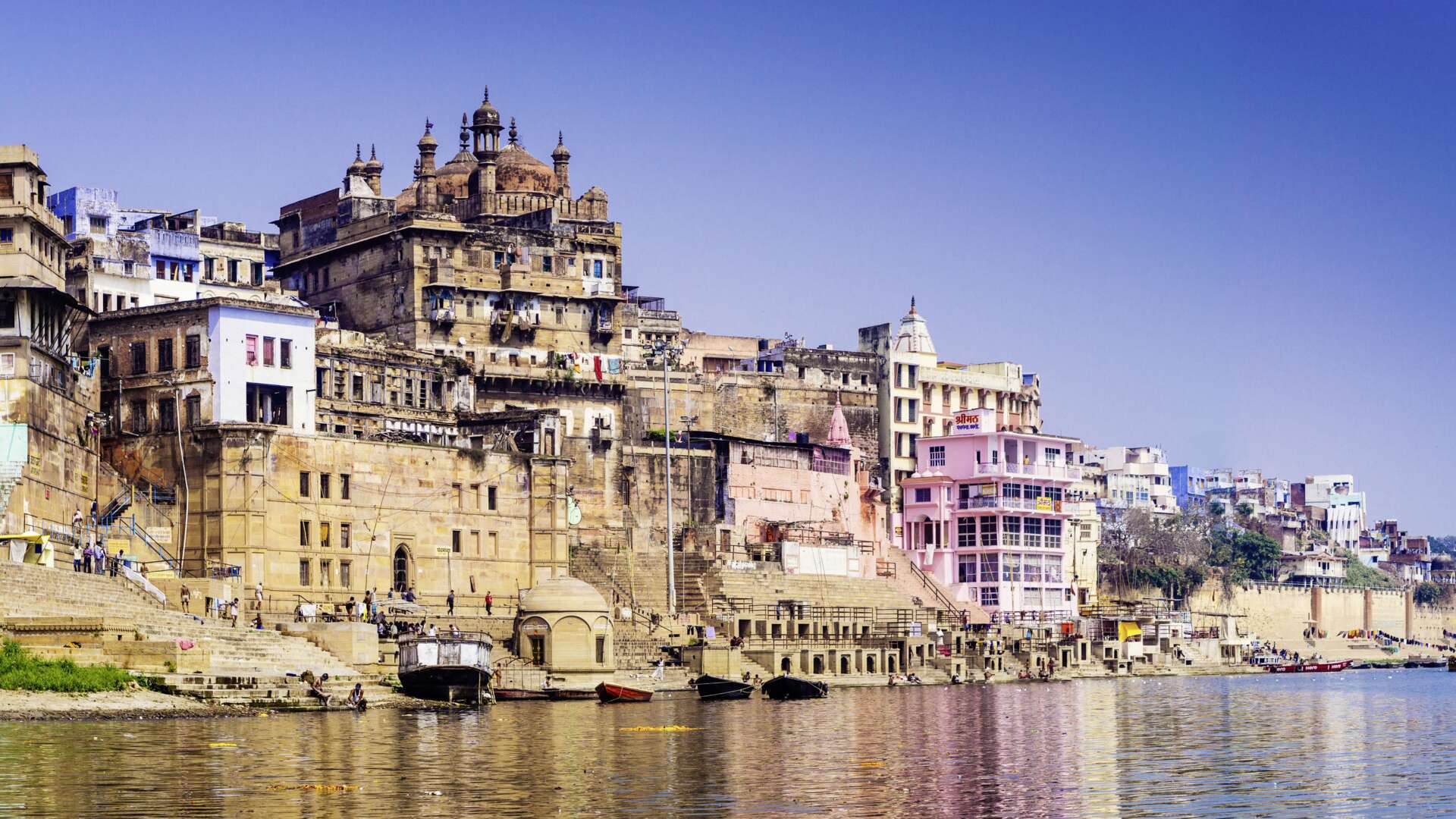
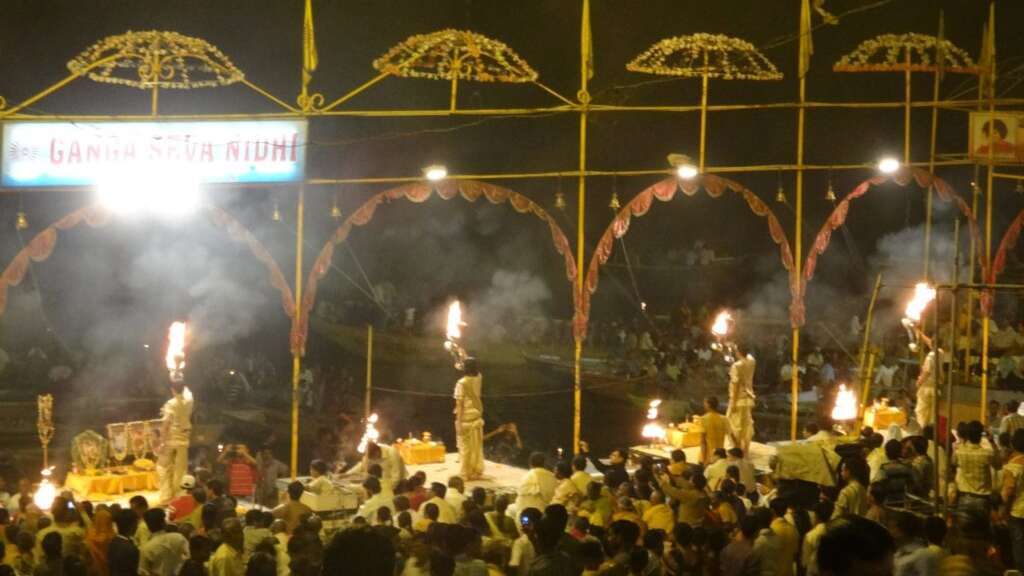
Recommended Hotels
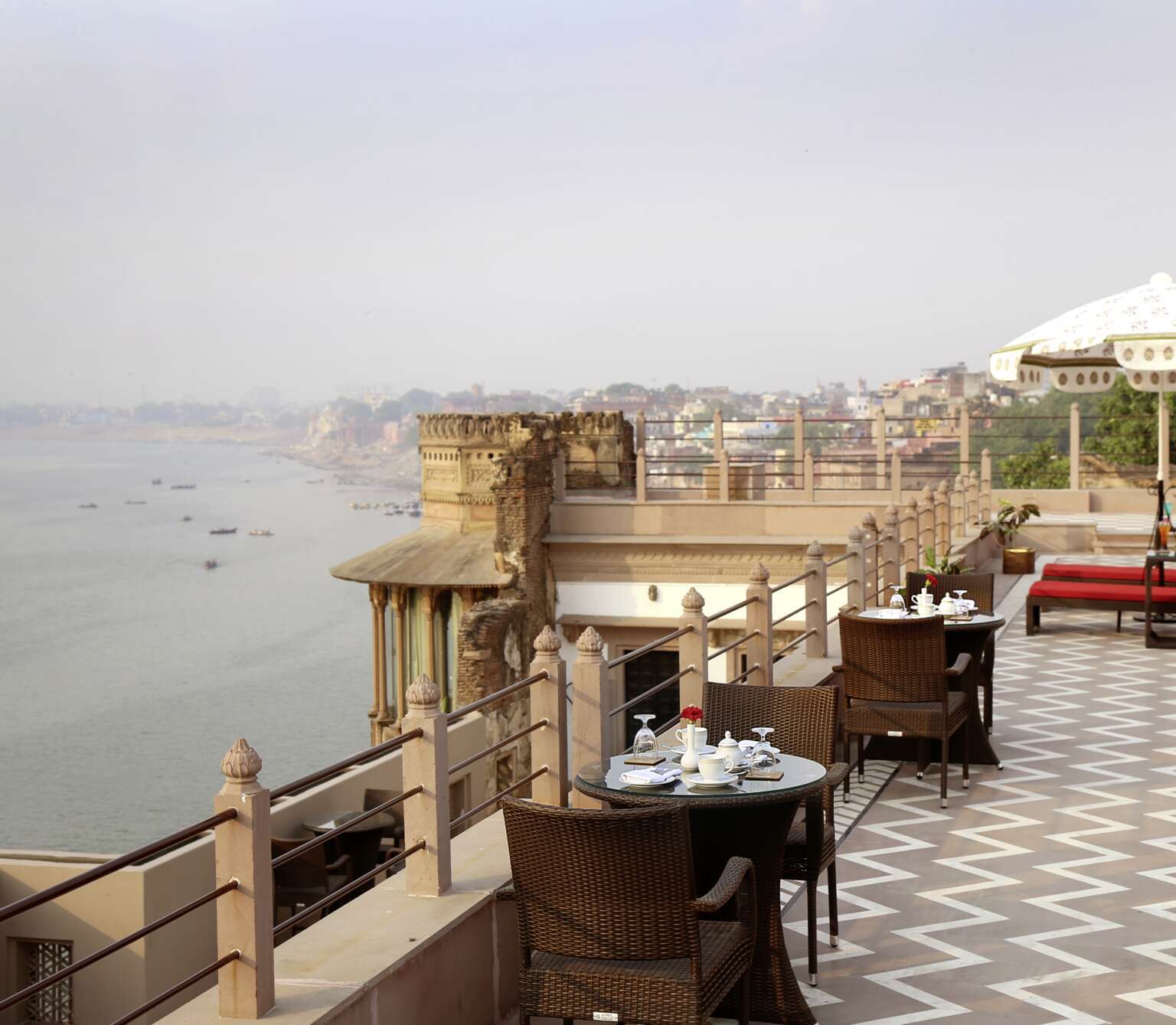
Brijrama Palace, Varanasi
Stay in one of Varanasi’s oldest buildings, which has sat on the banks of the sacred River Ganges since 1812.
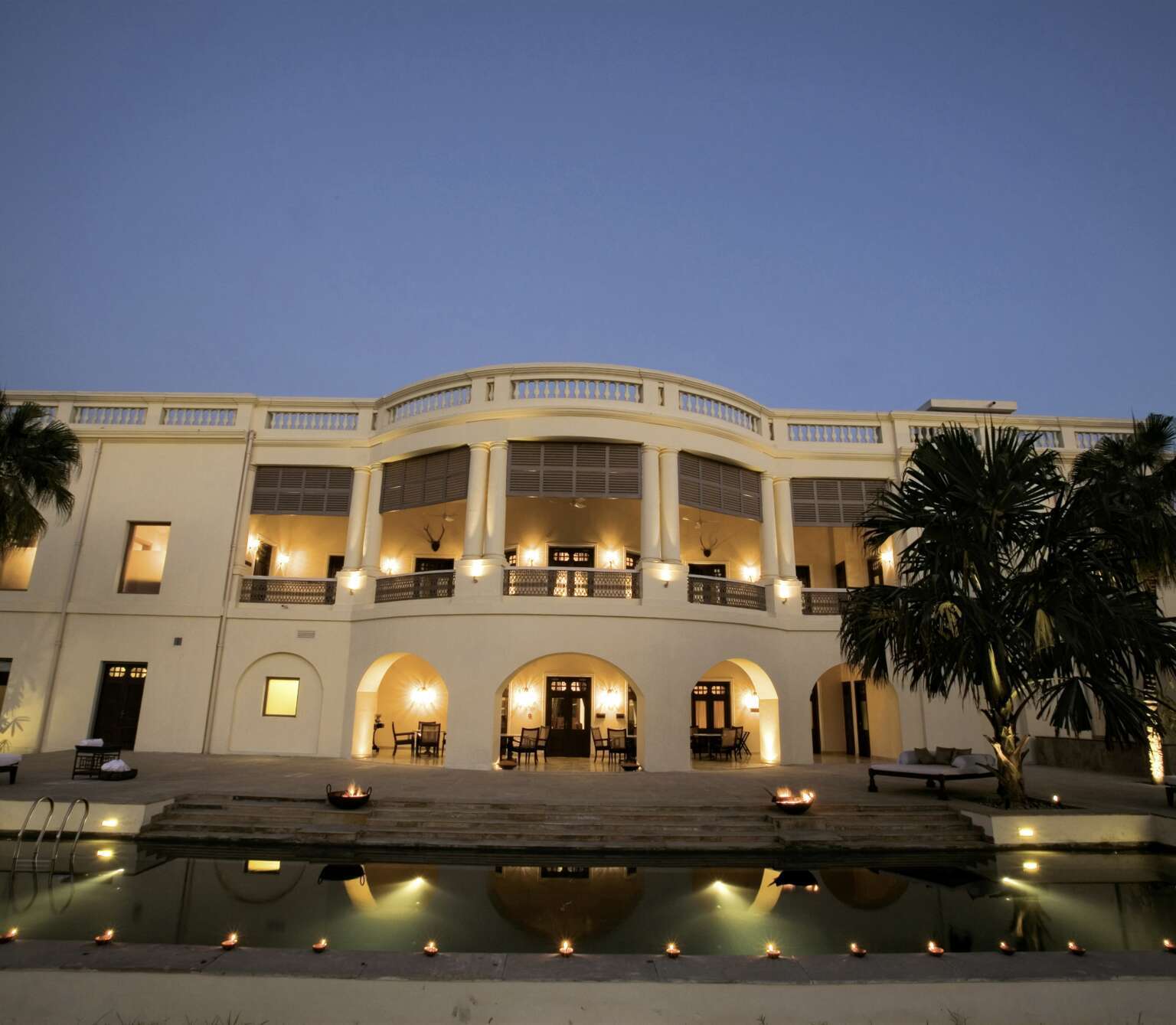
Taj Nadesar Palace
Part of the prestigious Taj Group, this boutique historic hideaway nestles amid verdant gardens and orchards.
Day 9
Varanasi
Continue exploring Varanasi today, with several optional experiences available; embark on an early-morning boat ride along the Ganges to see its waters glimmer gold at dawn or discover the lesser-visited northern side of the city. Alternatively, head off on a street food tour to sample traditional Varanasi snacks such as bathi choka (a chickpea-infused bread served with chutney). Overnight at Brijrama Palace.
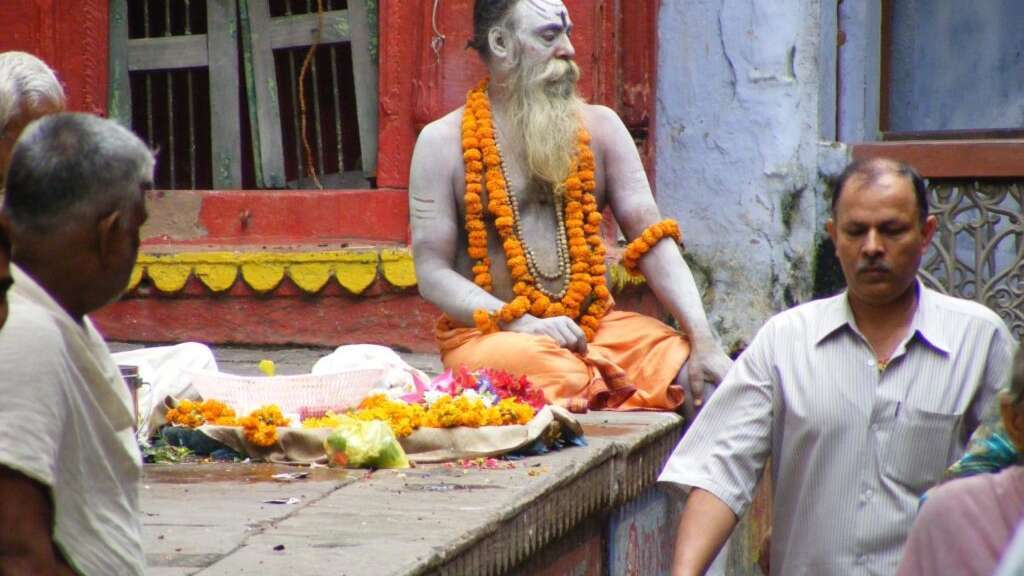
Things to do
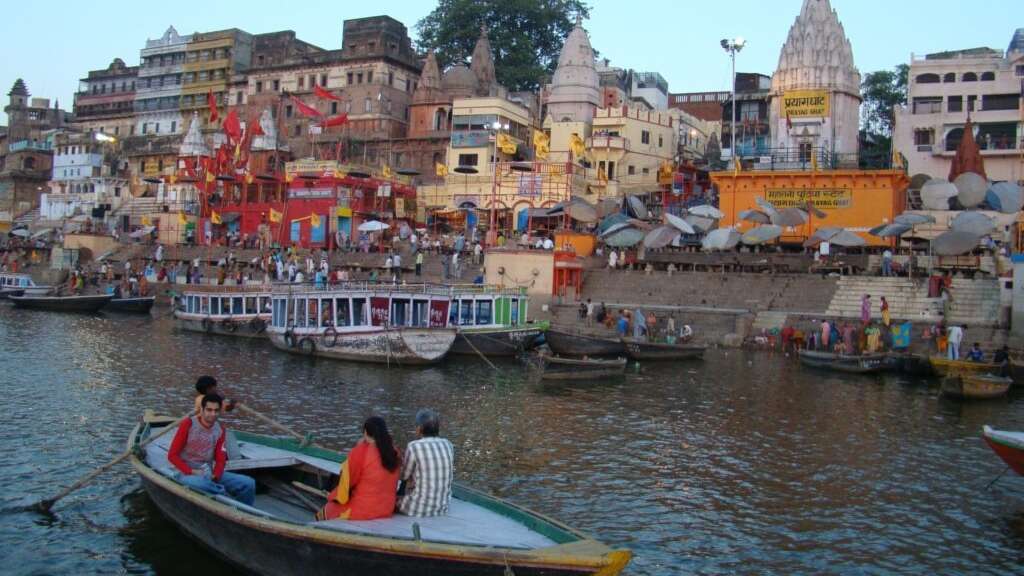

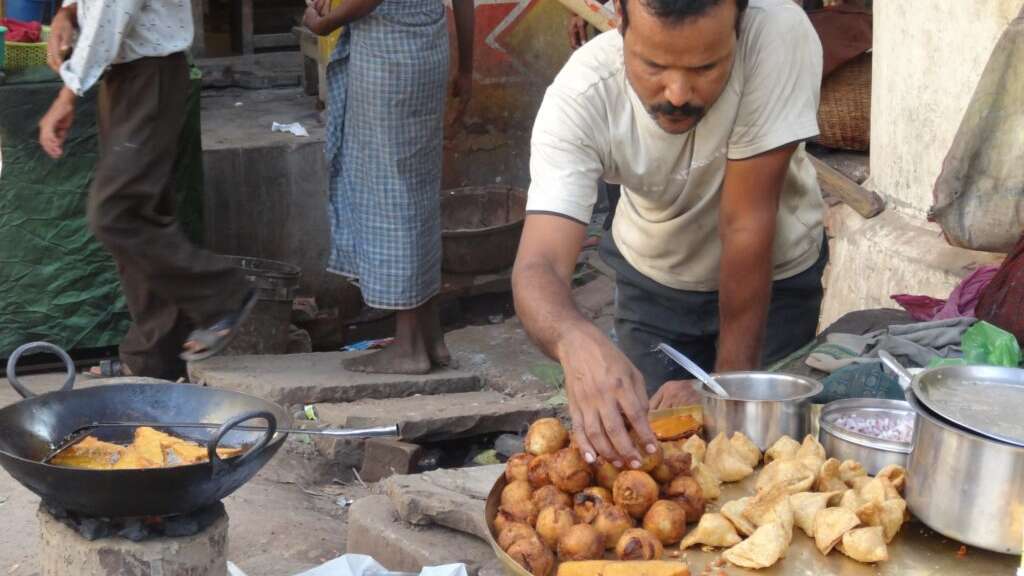
Recommended Hotel

Brijrama Palace, Varanasi
Stay in one of Varanasi’s oldest buildings, which has sat on the banks of the sacred River Ganges since 1812.
Day 10
Varanasi & Mumbai
Transfer to Varanasi airport today and fly to Mumbai, where you’ll be met and driven to your hotel. The rest of the day is free to explore this energetic city of 20 million, famous for its Bollywood scene and home to a melting pot of cultures. Opt for a culinary tour sampling local street food or wander at your own pace. Overnight at Taj Mahal Palace.
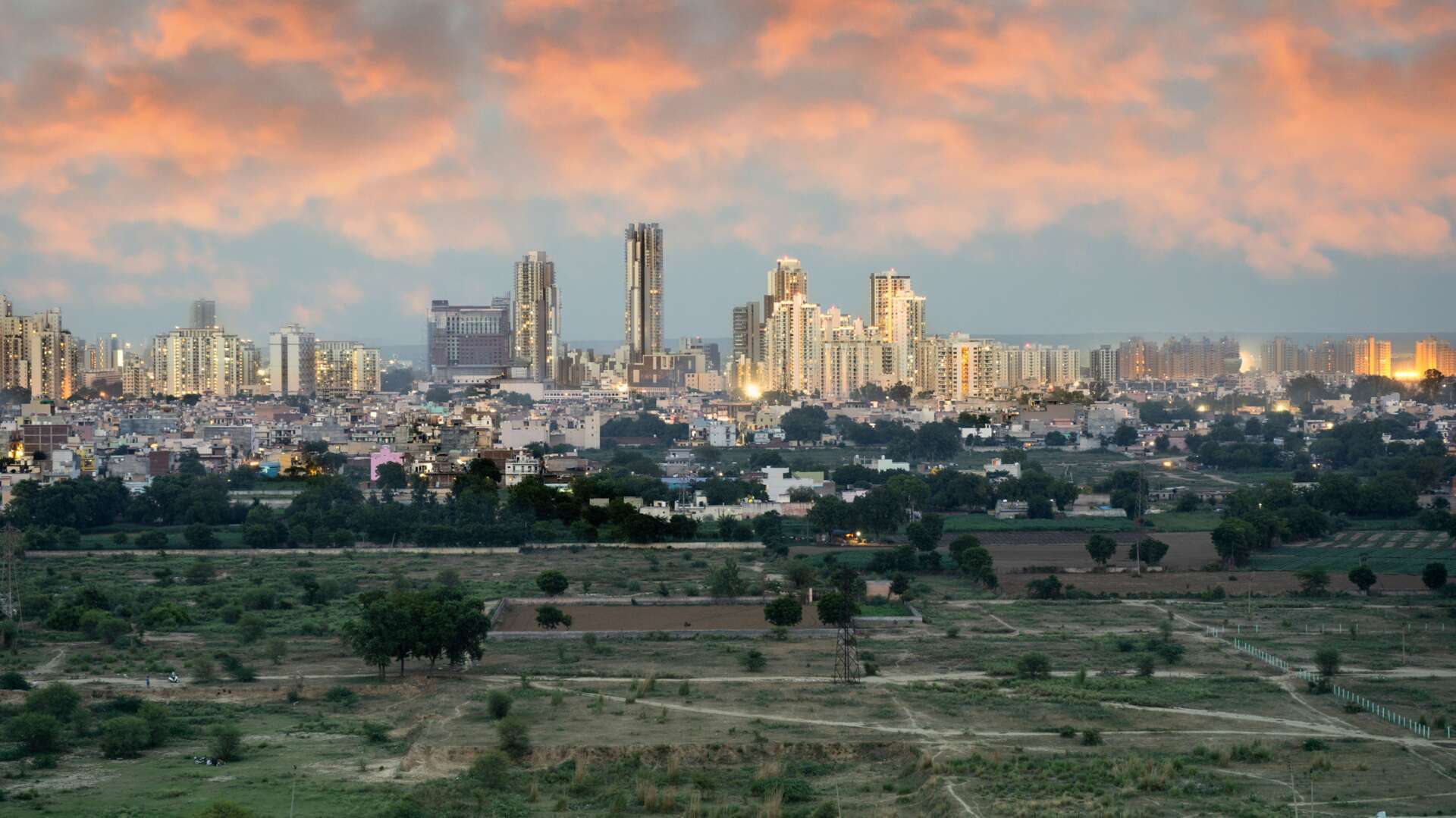
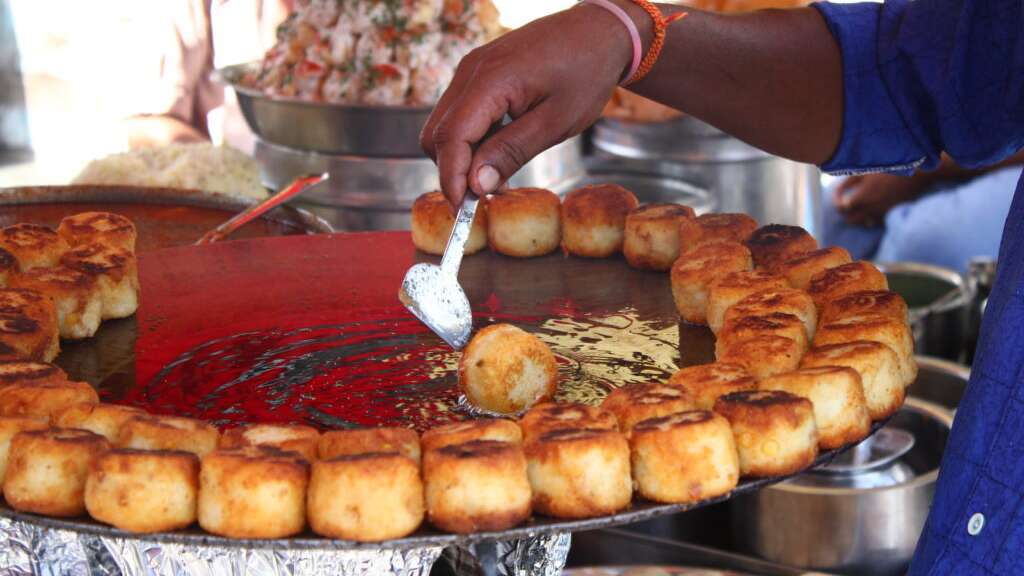
Recommended Hotel
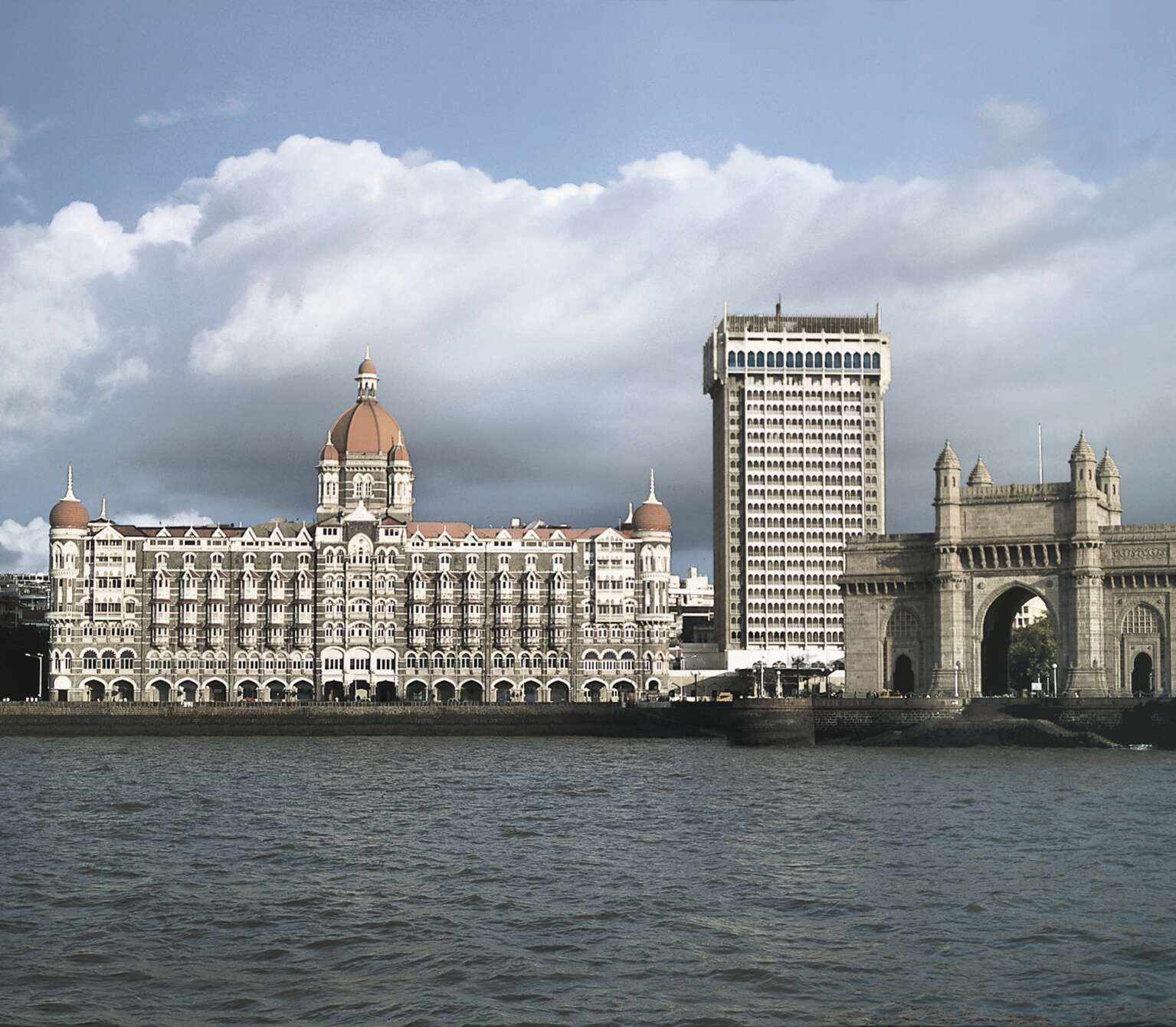
Day 11
Mumbai
Make the most of your final day this morning with an optional dawn tour to see Mumbai and its markets come alive. Alternatively, choose to explore the city’s Bollywood scene on an excursion to local production houses, or explore the city independently. Overnight at Taj Mahal Palace.
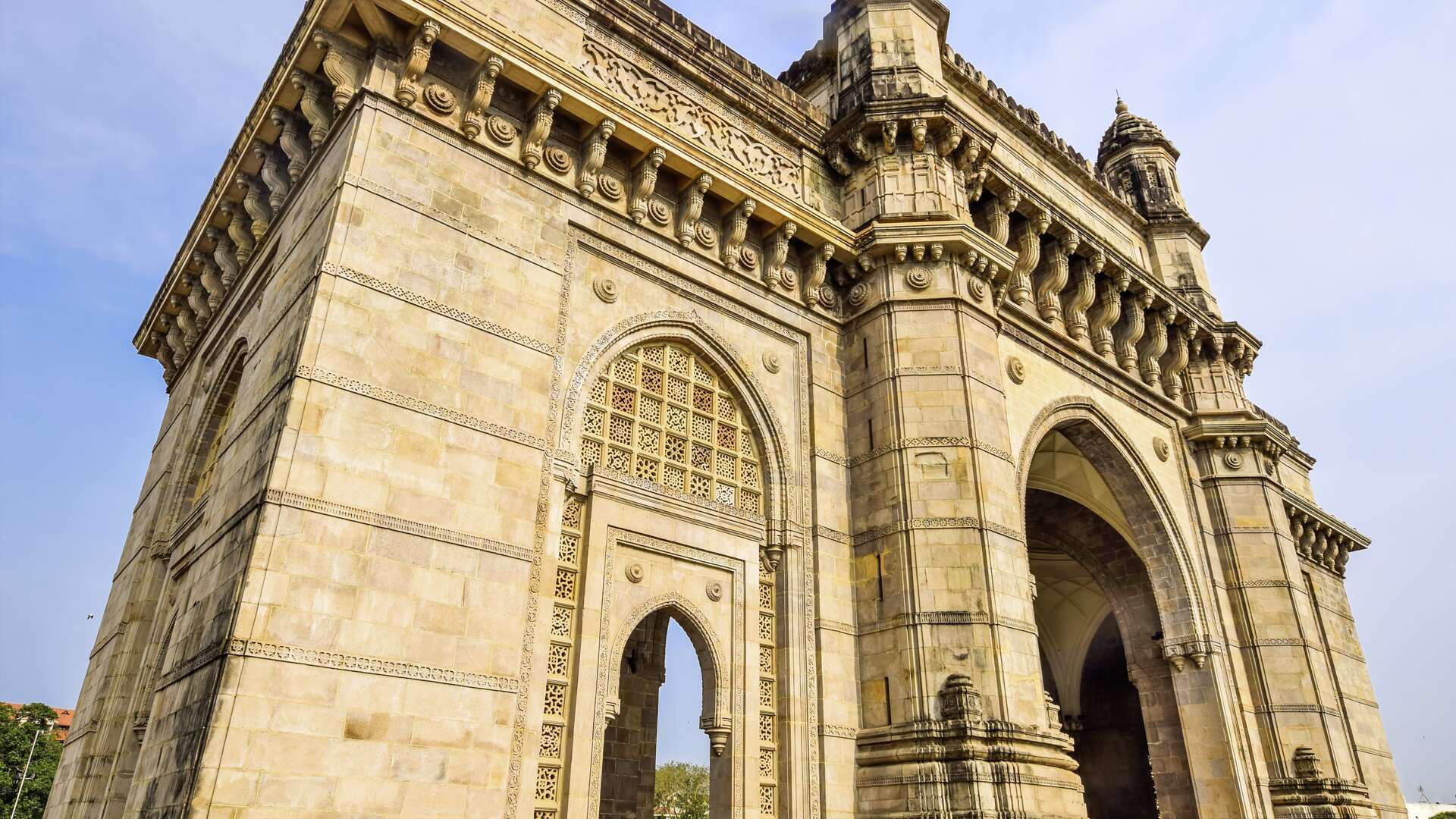
Things to do
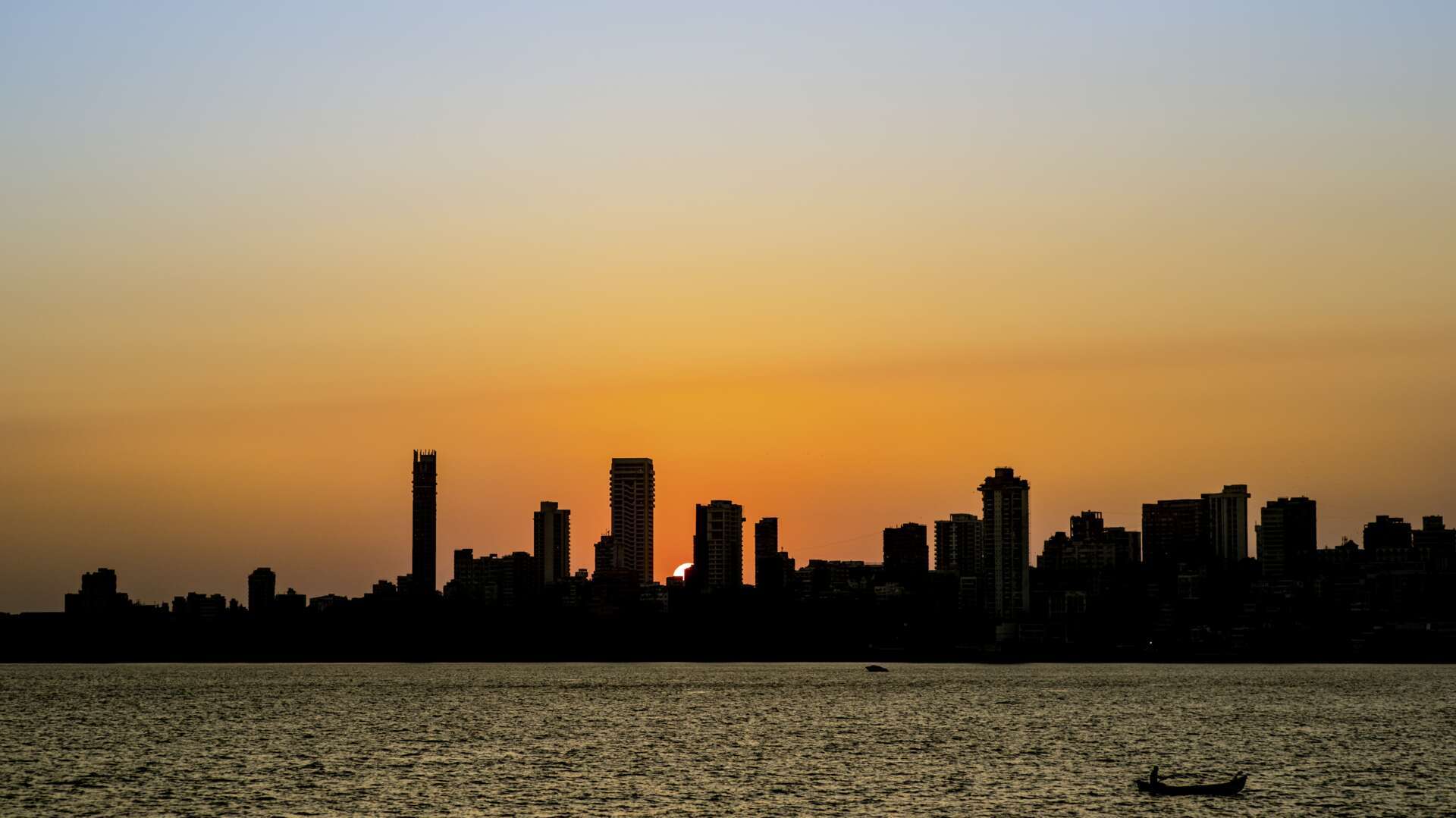
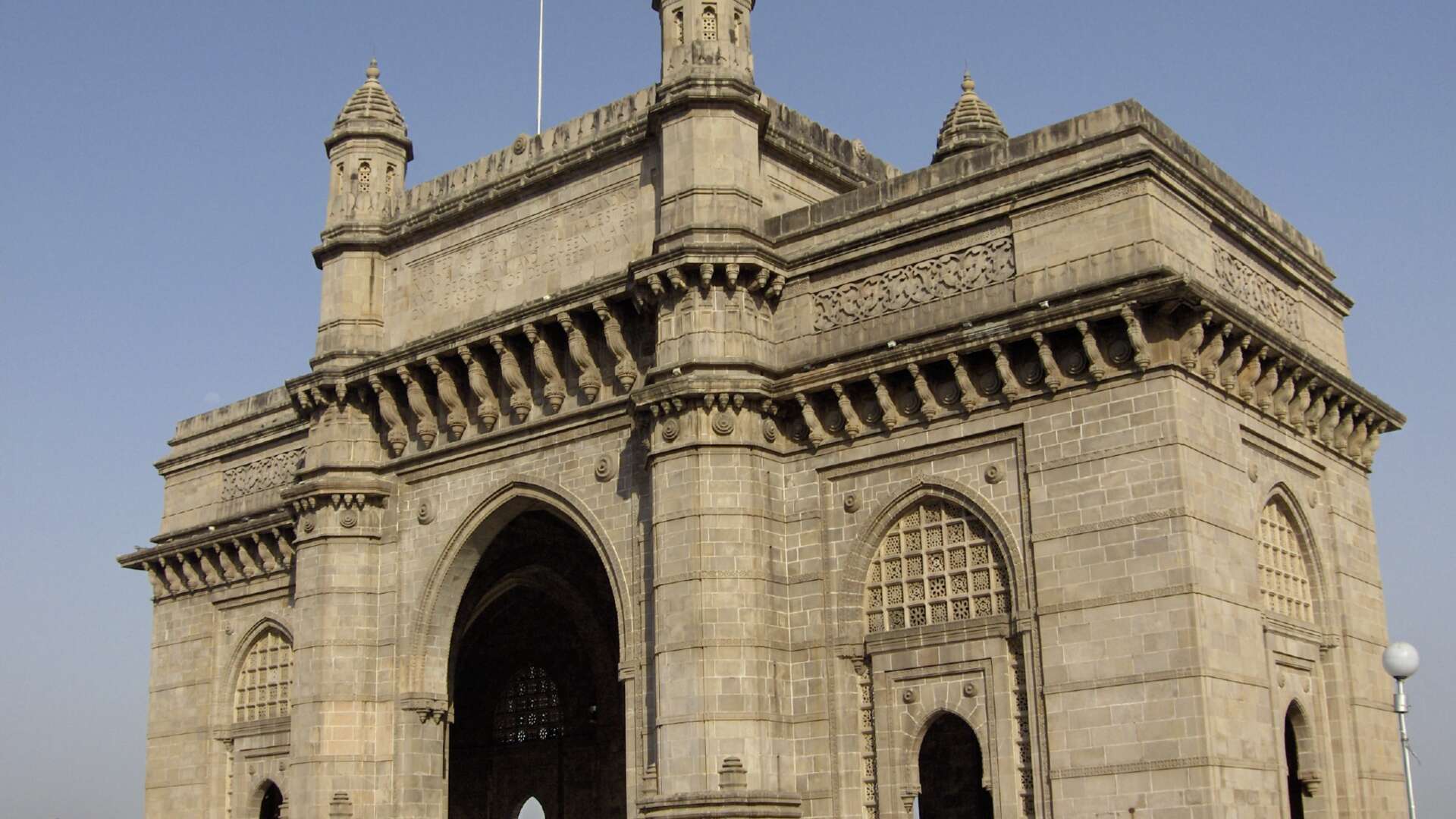

Recommended Hotel

Day 12
Mumbai & Departure
The tour comes to an end today. After breakfast, you’ll be transferred to the airport for your flight home or onward connection.
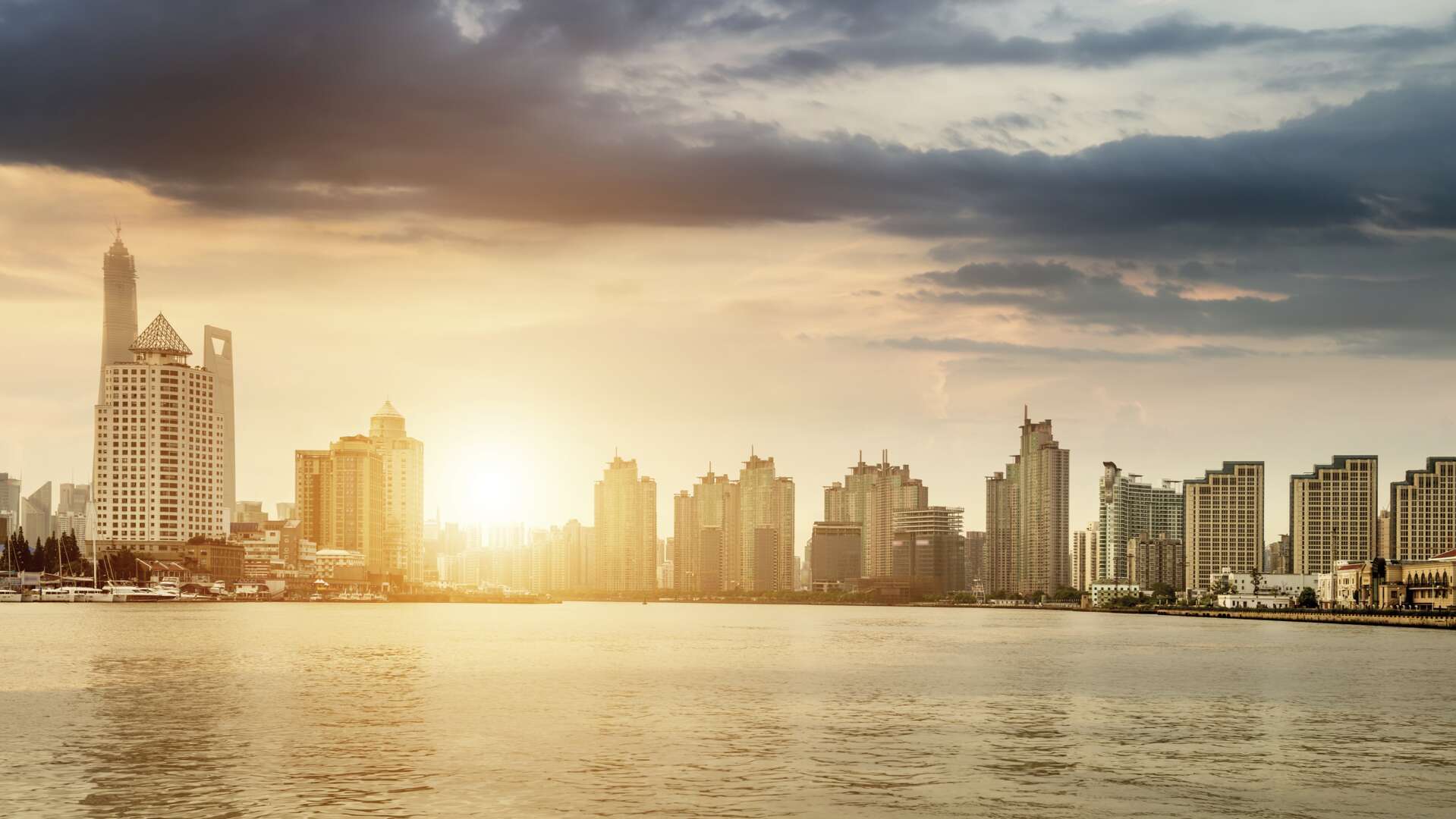
Not ready to head home?
The Maldives
If some down time after your India trip is on the agenda then the Maldives is the ultimate beach escape. each of our handpicked resorts is on its own private island and these aren't as similar as you might expect. Some are rustic retreats while others are cool and contemporary, and most are surrounded by a coral rich reef. We can help pair you with the island that suits you best.
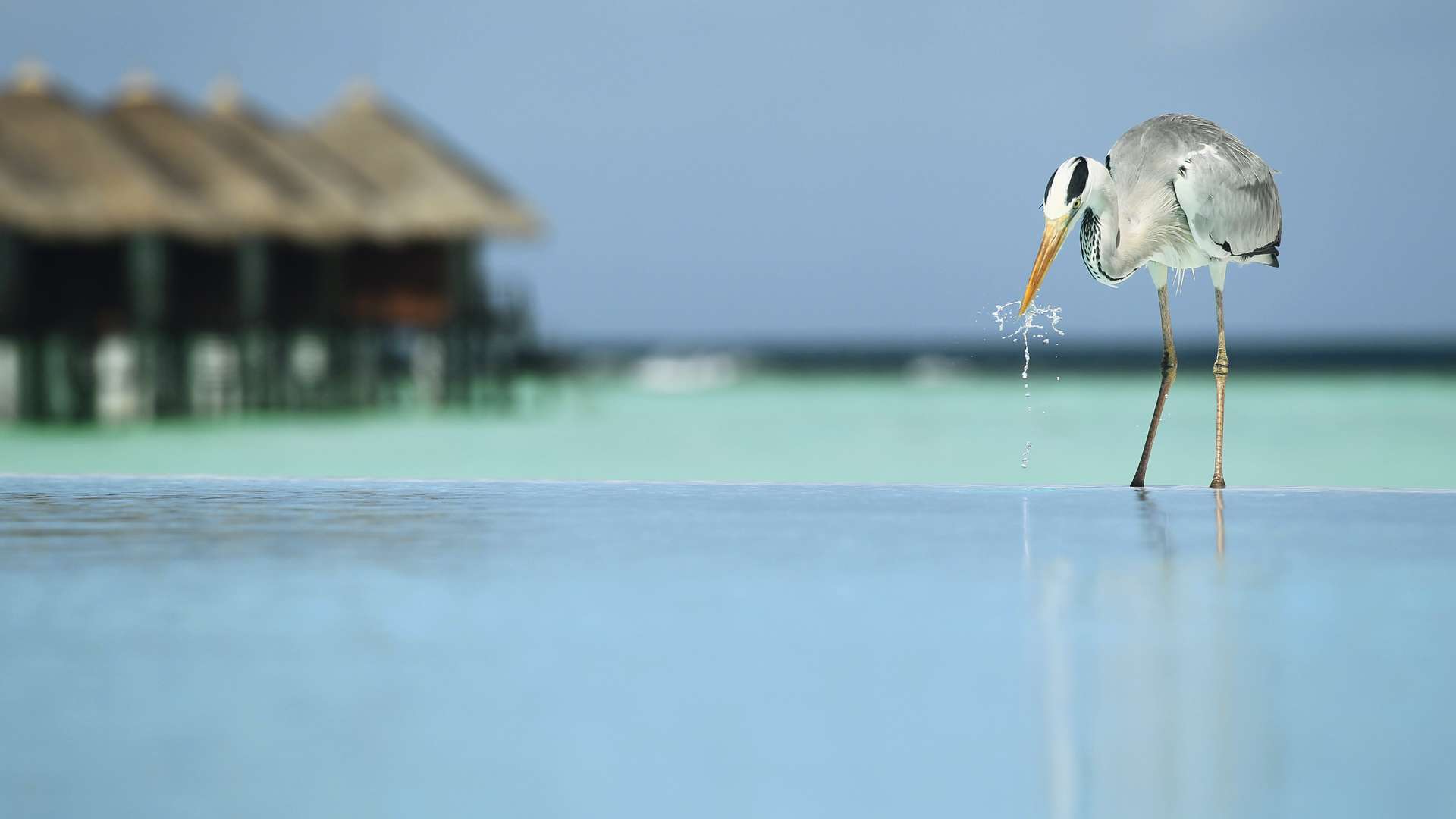
Guide price information
Low Season
01 Apr - 30 Sep
£2,975
High Season
01 Jan - 31 Mar, 01 Oct - 31 Dec
£3,550
Guide price information is based on the included flights from London, accommodation, transport and experiences detailed in the itinerary above. Guide prices do not include optional things to do. Call us for up to date prices – the cost of your holiday depends upon the time of year you travel, how long you go for, preferred departure airport, airlines, hotels and things to do. Based on 2 people sharing.

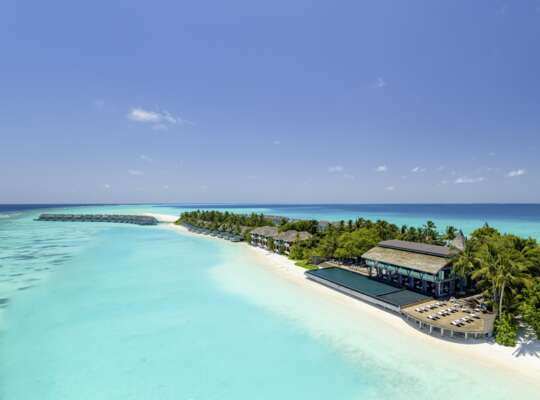
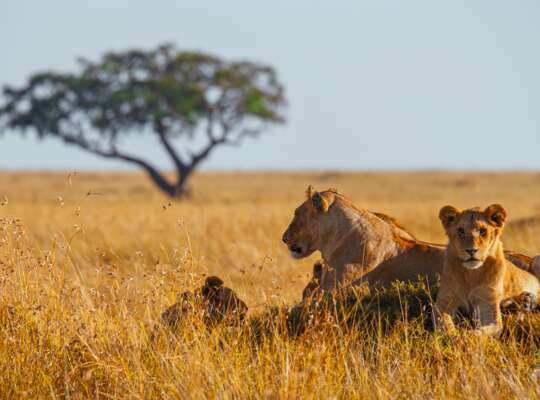

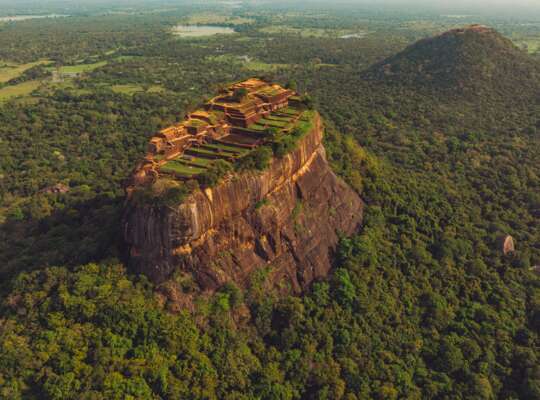

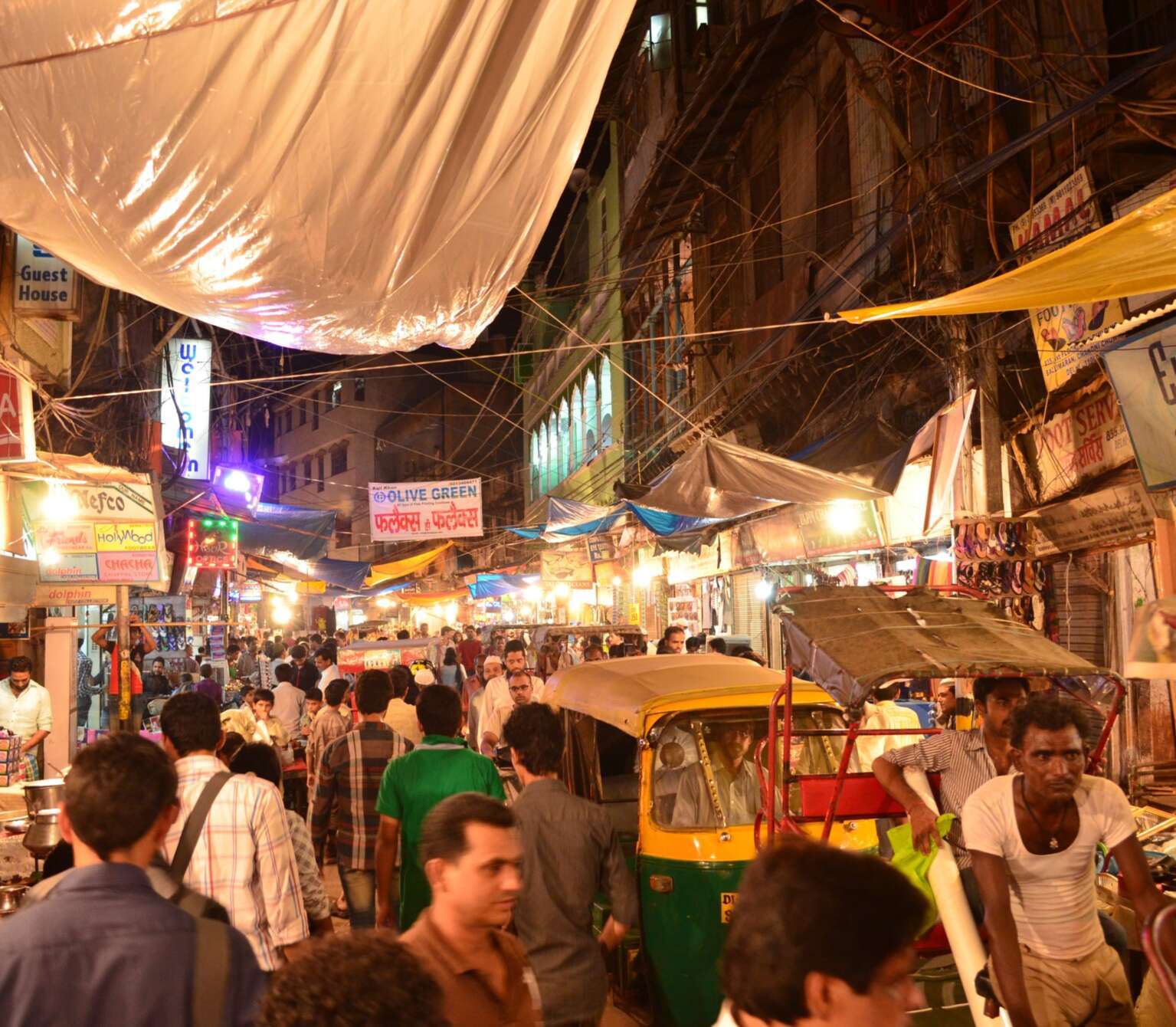
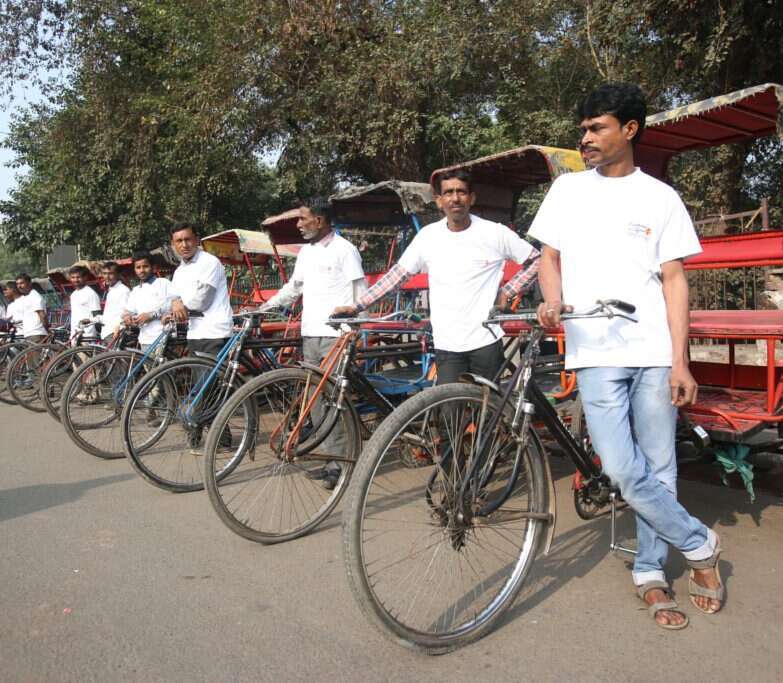
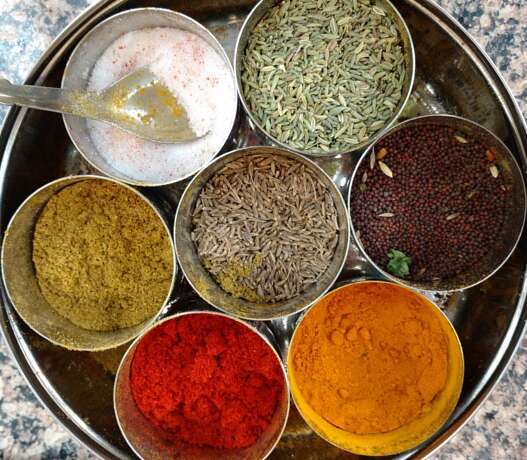
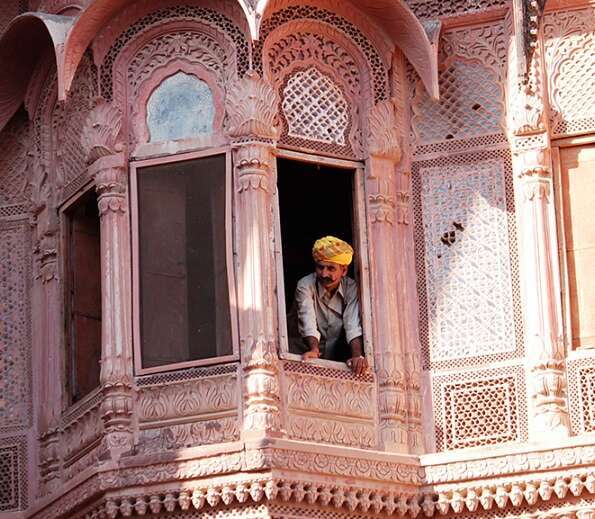
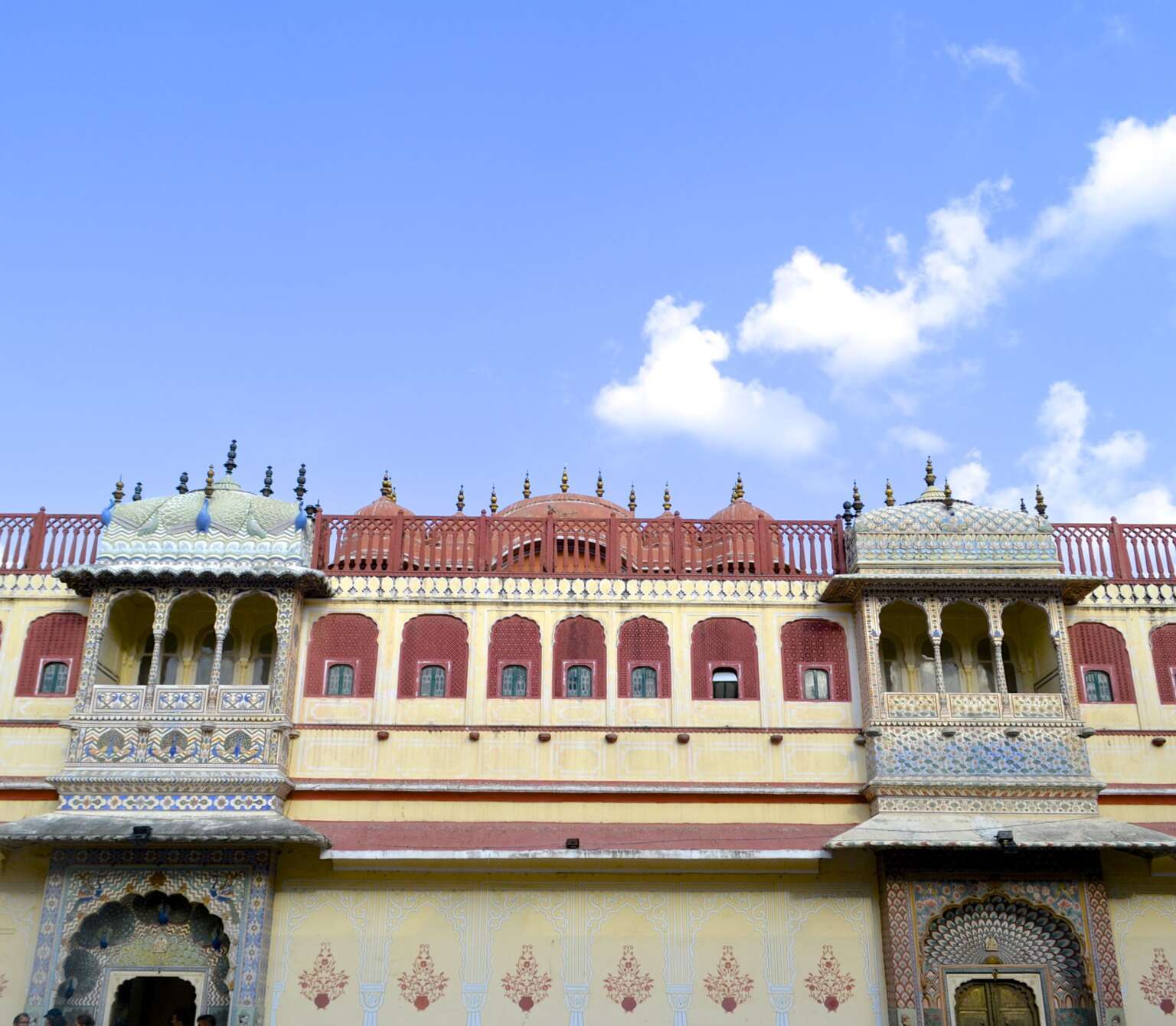
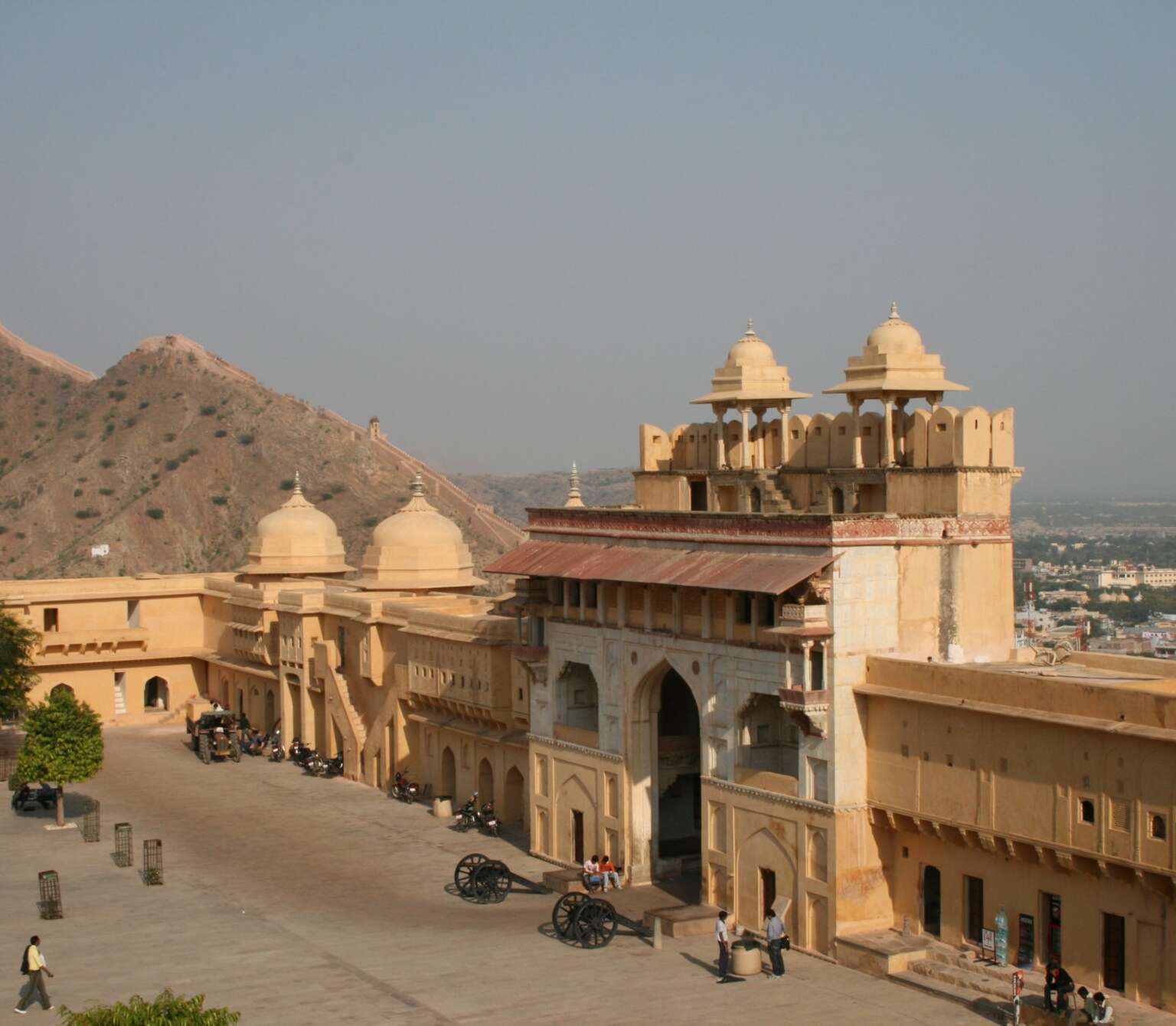
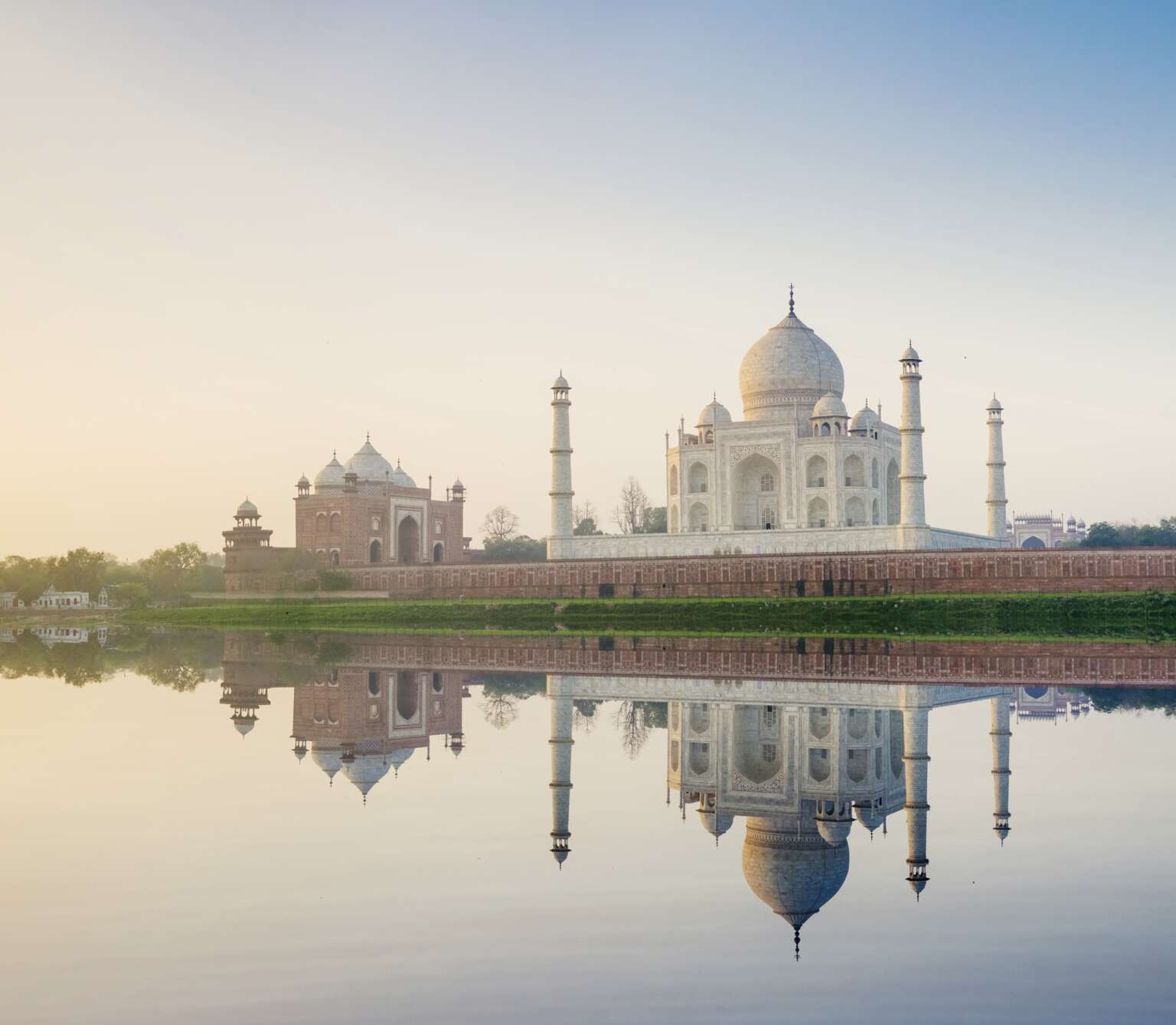
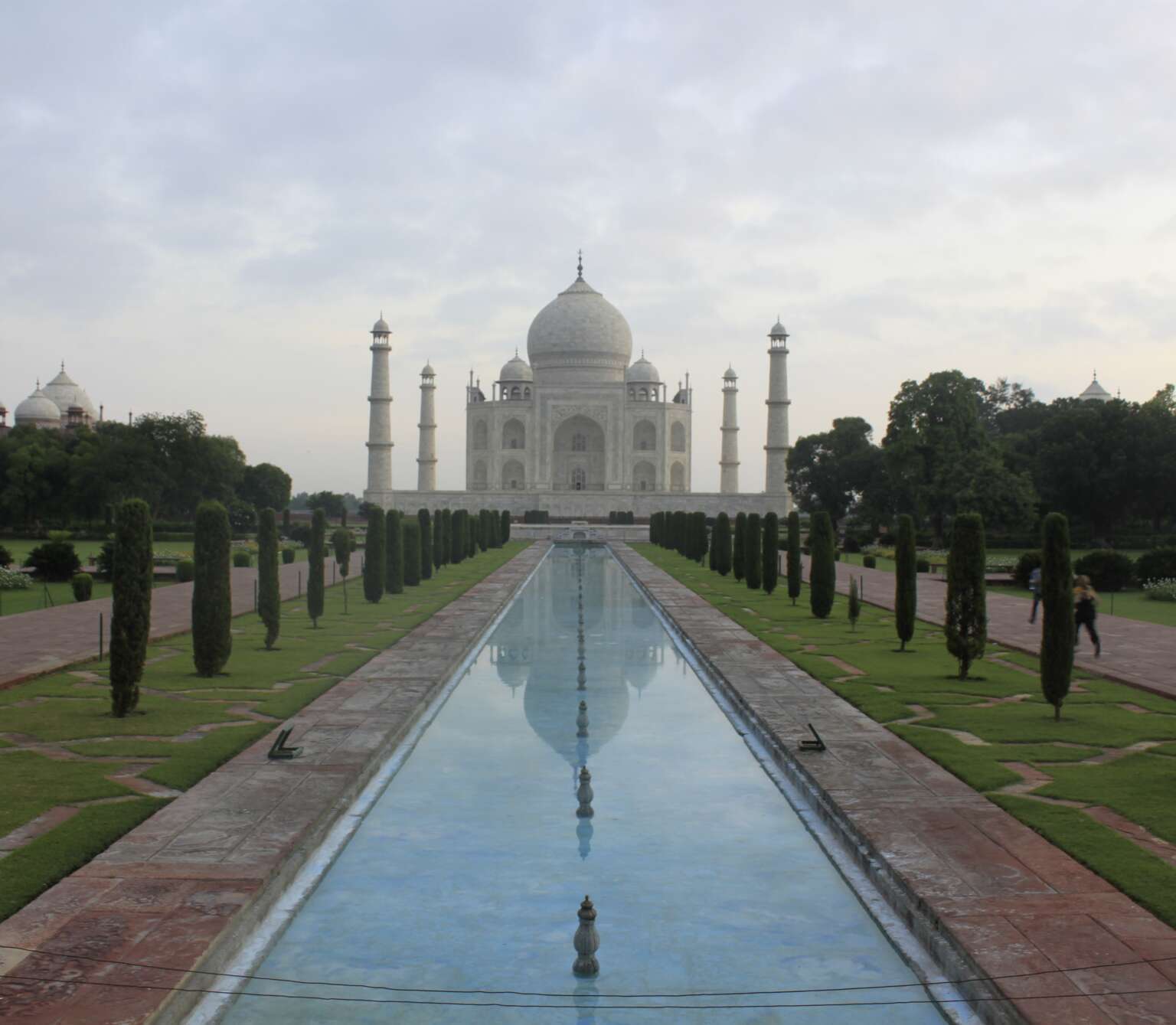
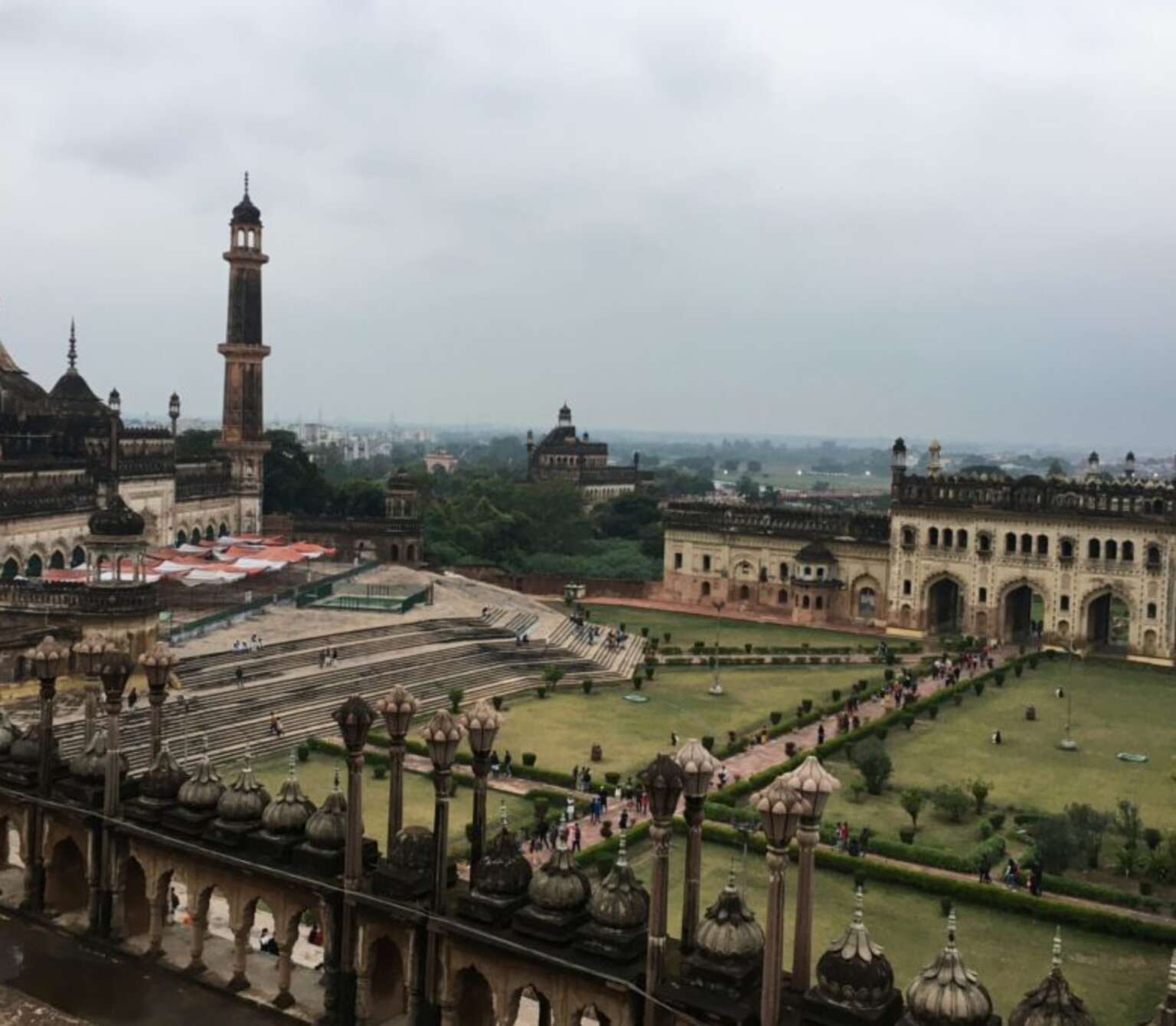
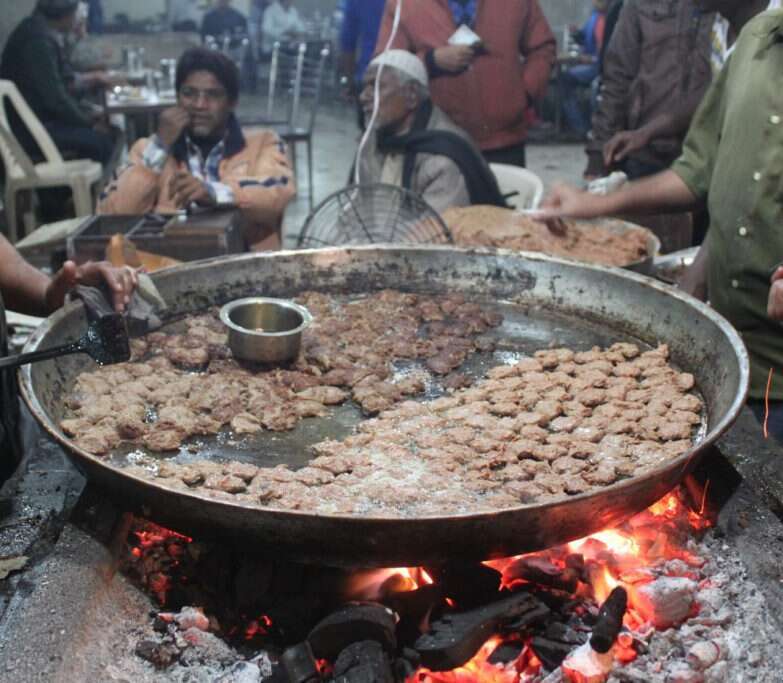
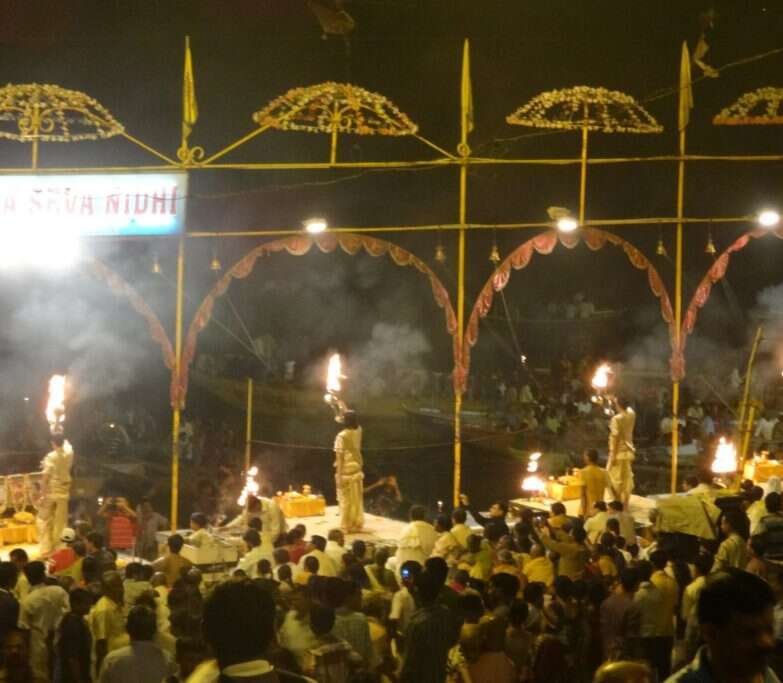
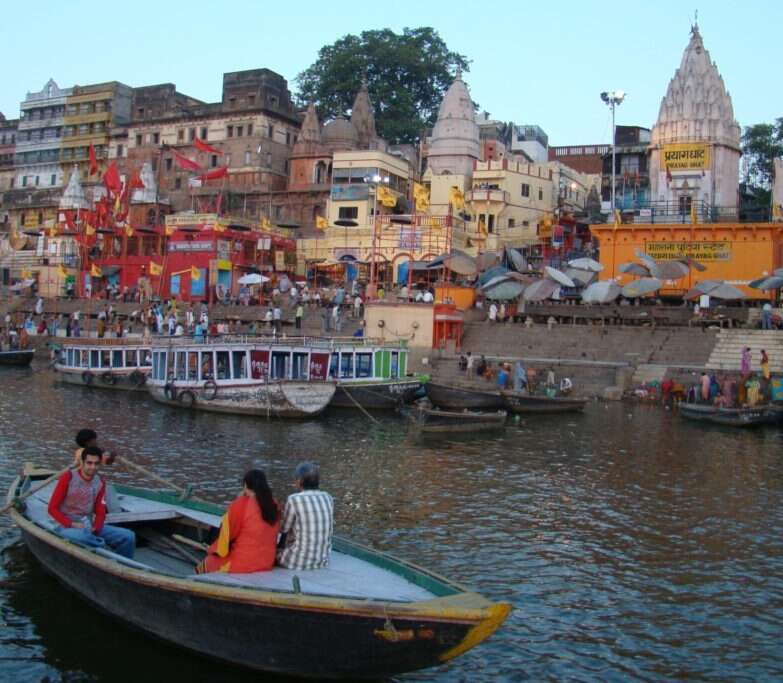
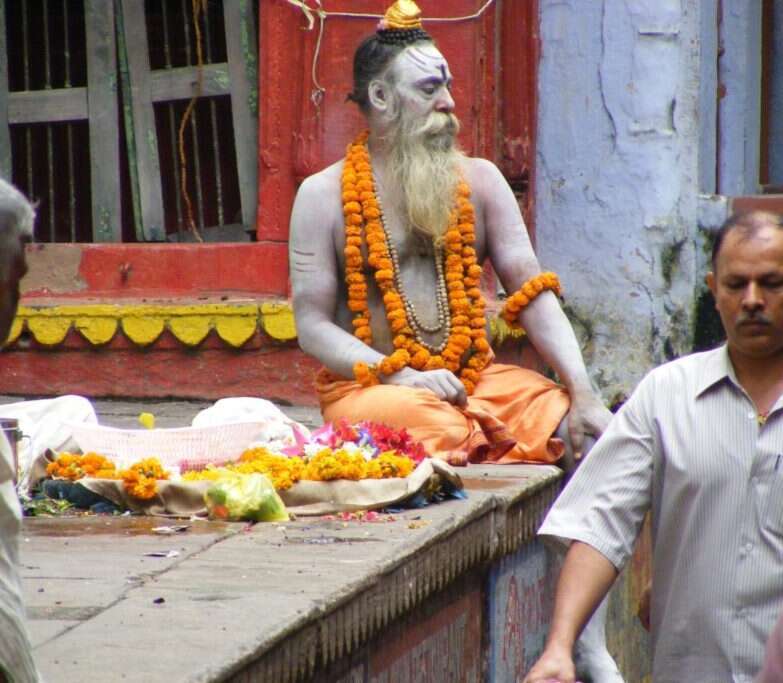
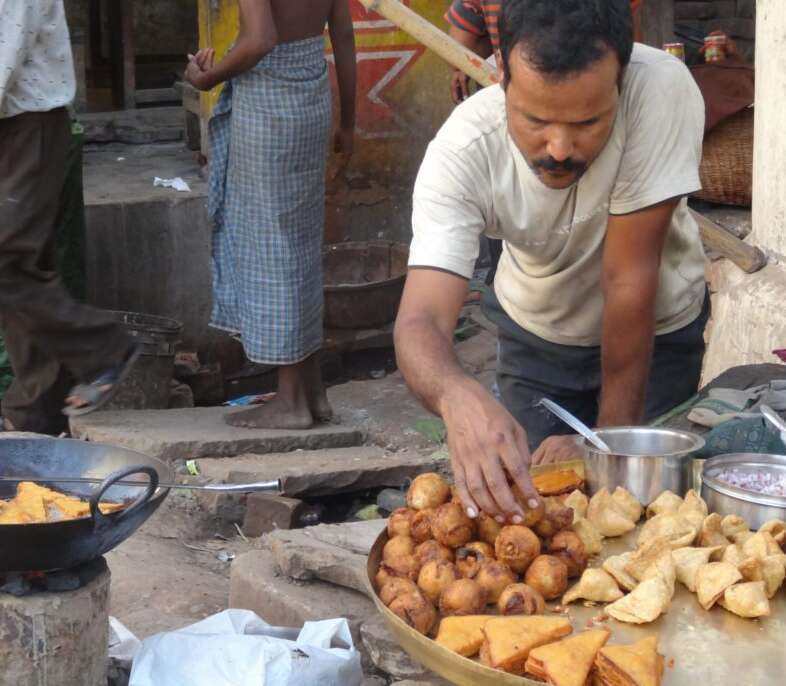
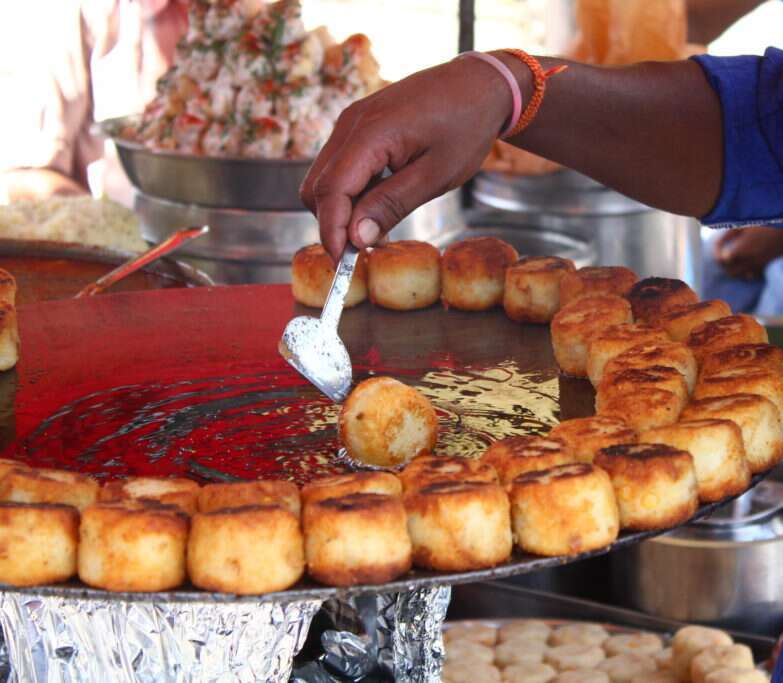
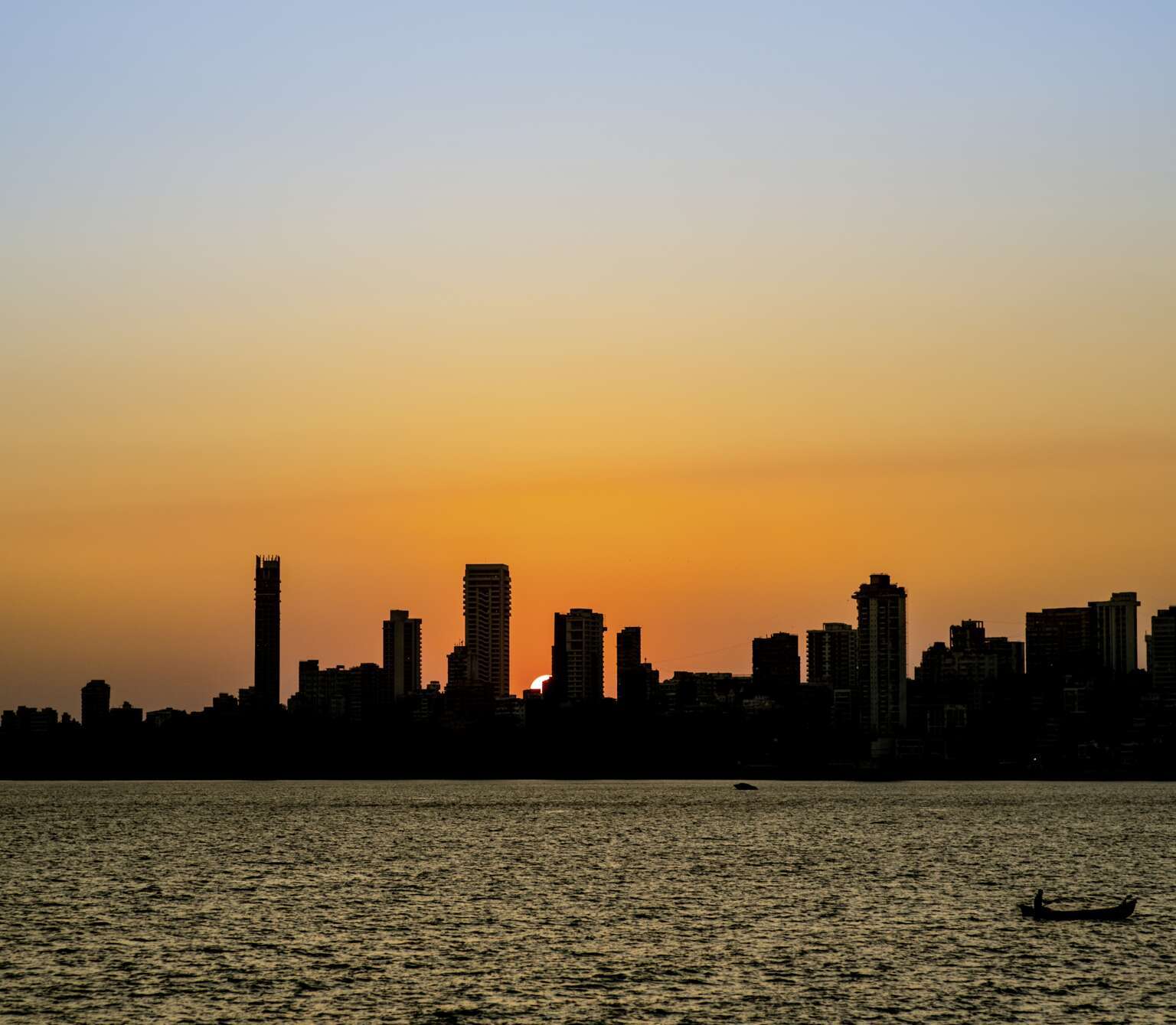
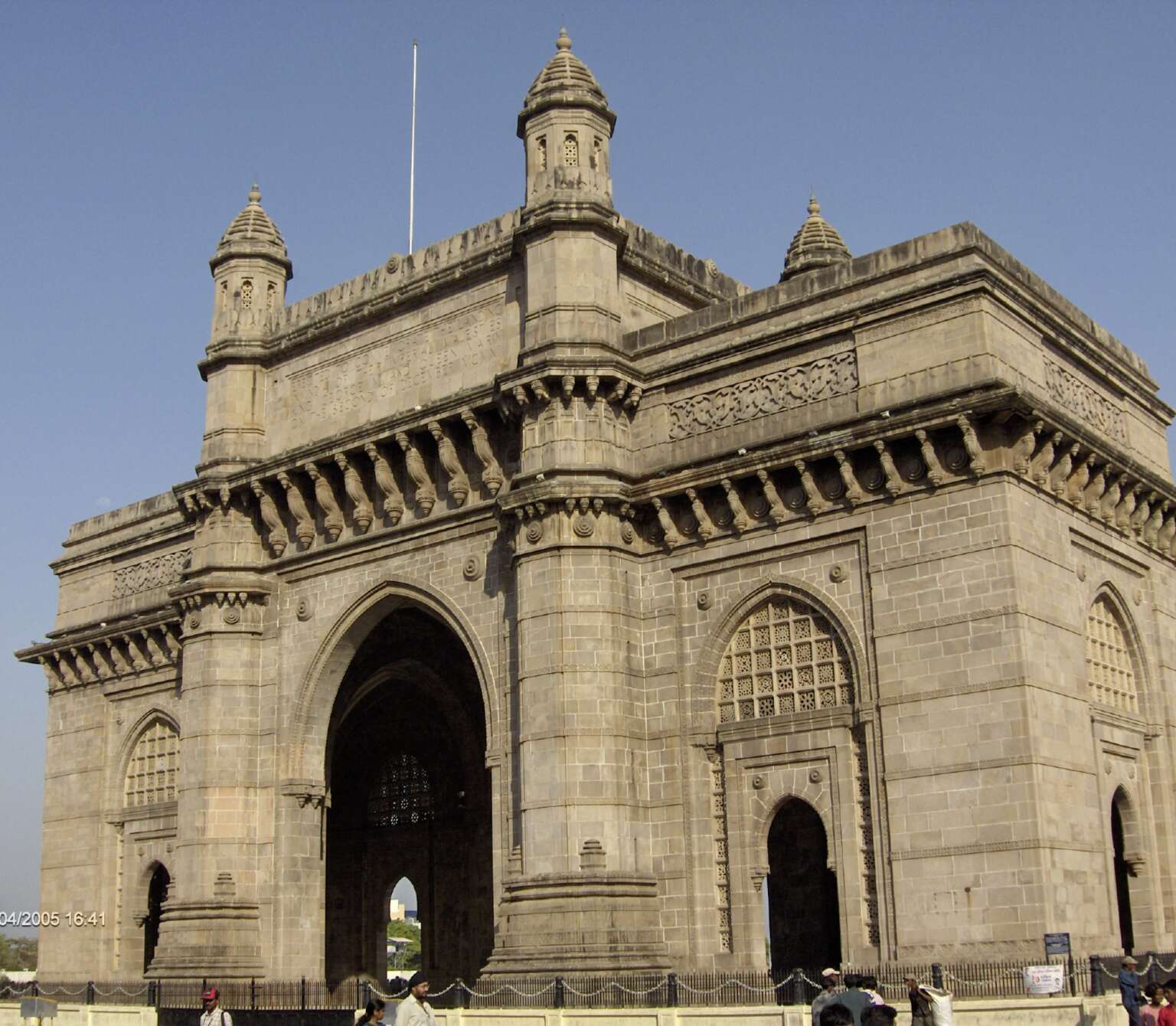

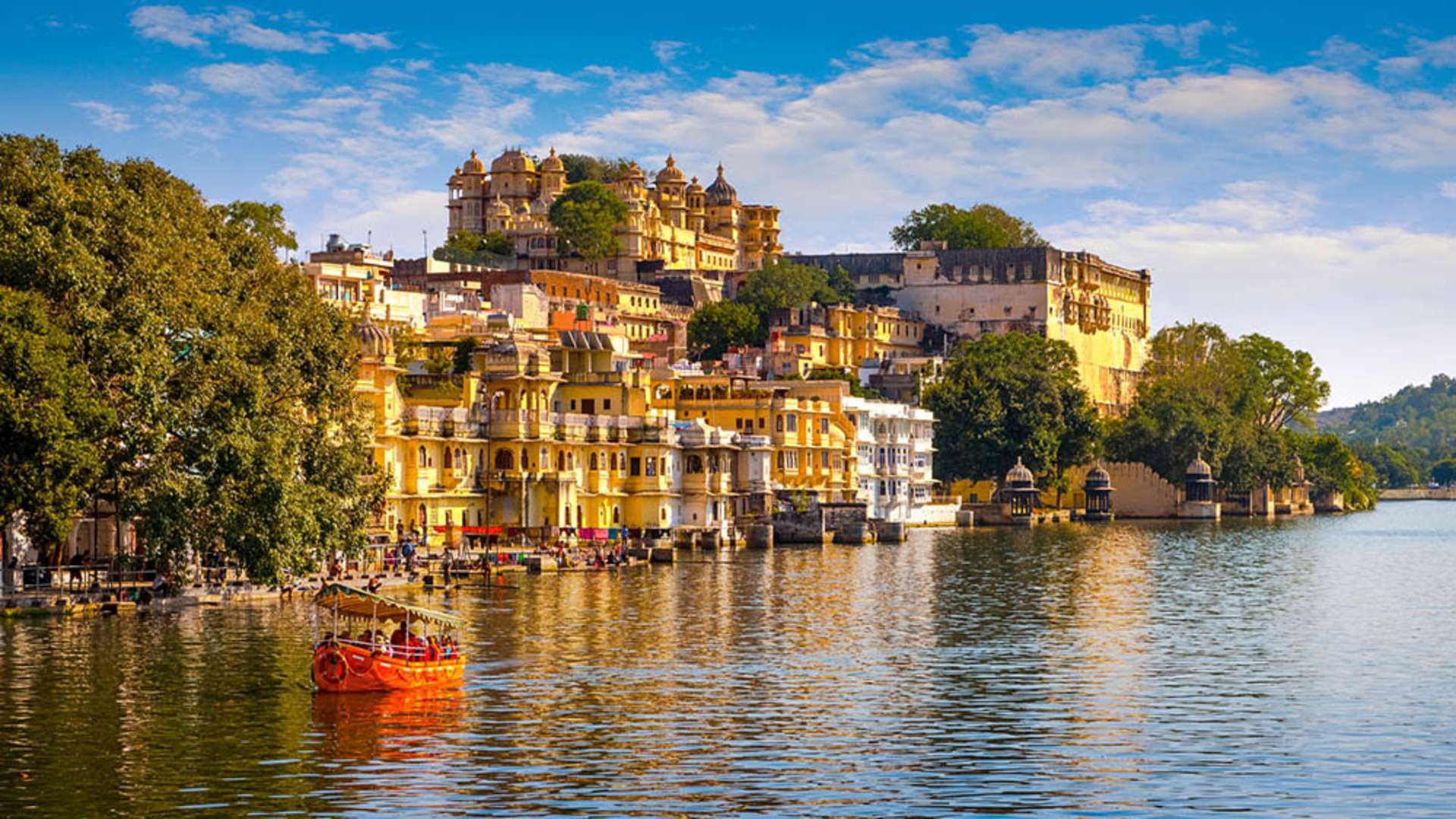
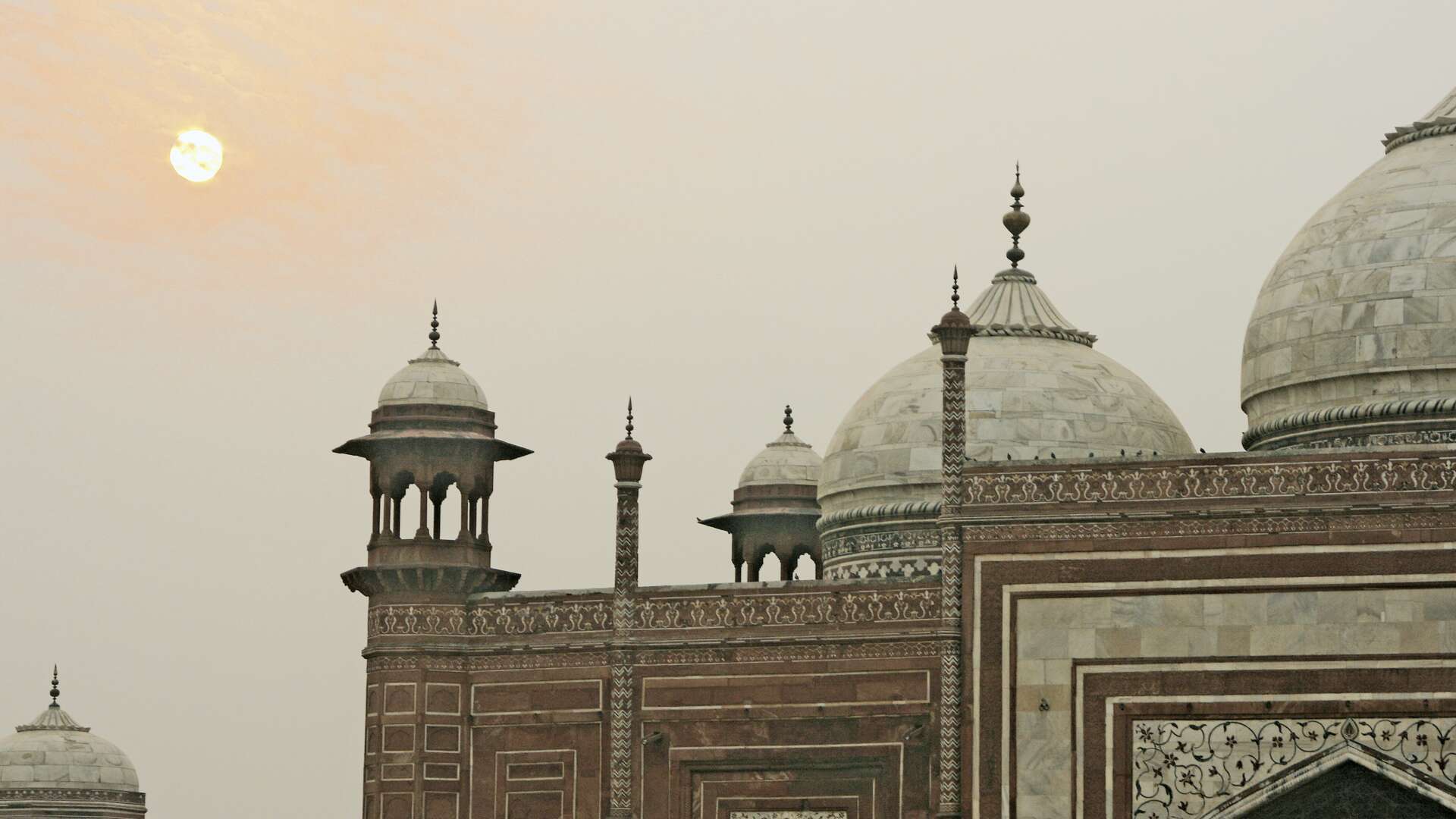

_w=24_h=25.webp?v=95eb7919dd068bd9580f2851174449b79059ddc5)
_w=24_h=25.webp?v=95eb7919dd068bd9580f2851174449b79059ddc5)
_w=24_h=25.webp?v=95eb7919dd068bd9580f2851174449b79059ddc5)